Nicaragua Travel Guide
Last Updated: September 17, 2024
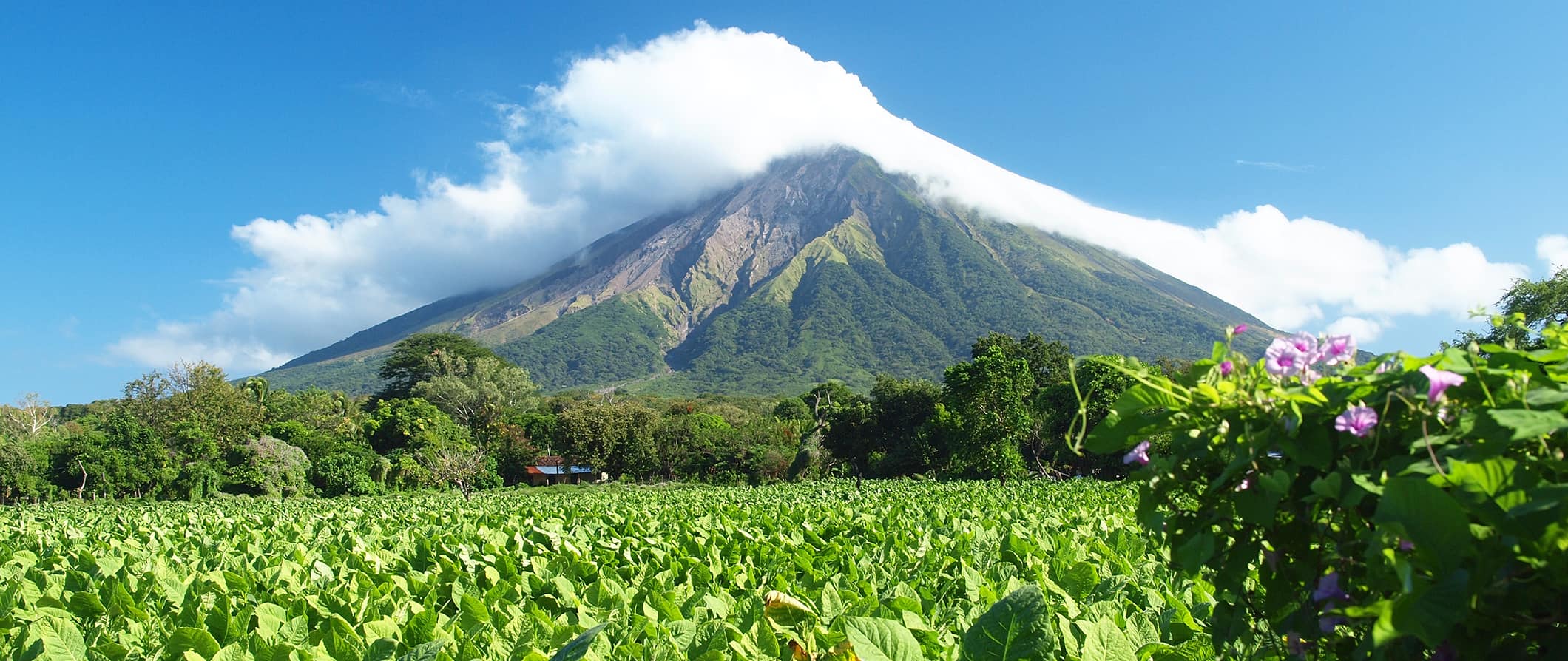
Known as the “Land of Lakes and Volcanoes,” Nicaragua is the largest country in Central America. Home to Lake Nicaragua (Central America’s largest lake), beautiful islands, expansive volcanic terrain, mangrove swamps, ethereal cloud forests, and tropical rainforests, Nicaragua is a stunning destination with tons of things to see and do — no matter your interests.
In fact, I loved my visit to Nicaragua so much I ended up extending my visit!
While Granada, León, and San Juan del Sur tend to pull in the crowds, if you leave the main southern cities and get a little off the tourist trail, you can discover even more varied landscapes, friendly locals, and little explored towns and national parks.
This travel guide to Nicaragua shows you how to visit on a budget, save money, and make the most of your trip.

Table of Contents
- Things to See and Do
- How to Stay Safe
- Where to Stay
- Typical Costs
- Suggested Budget
- Money-Saving Tips
- How to Get Around
- Best Places to Book Your Trip
- Related Blogs on Nicaragua
Click Here for City Guides
Top 5 things to see and do in nicaragua.
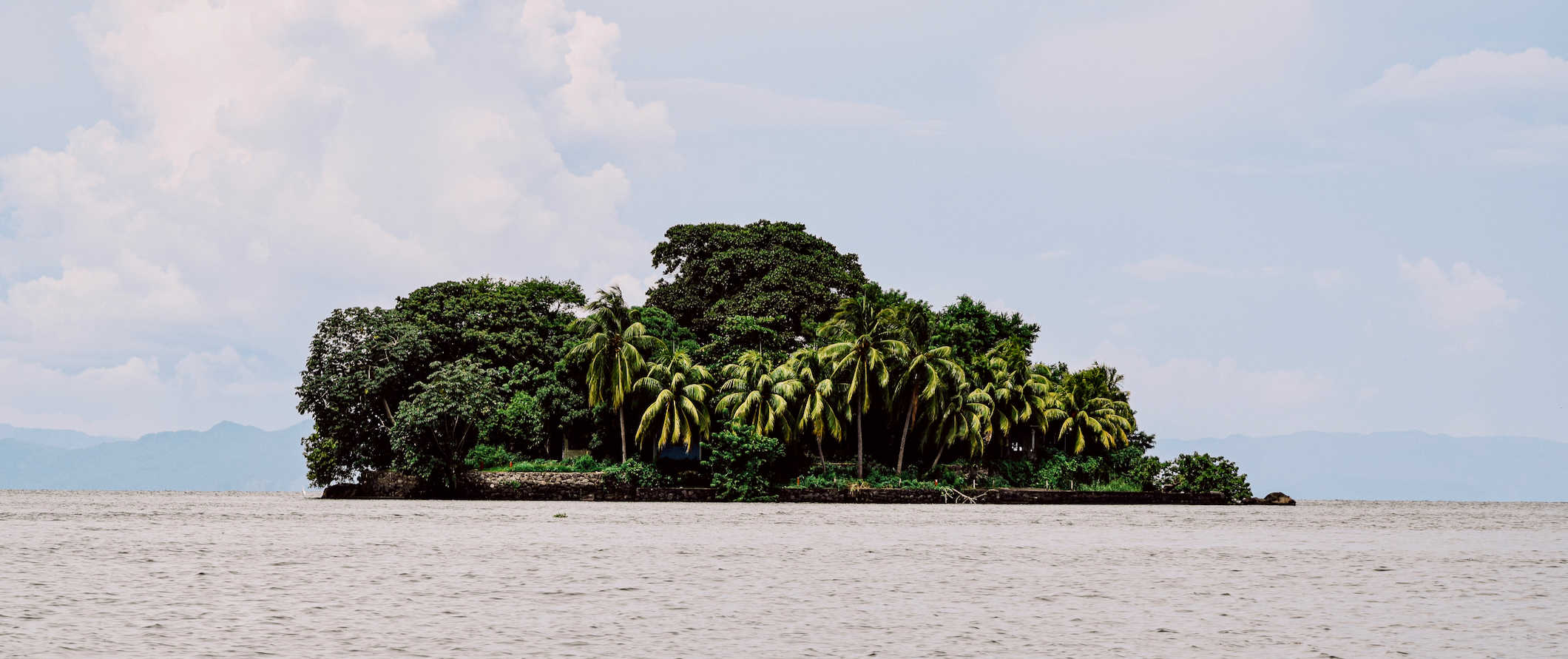
1. Visit Little Corn Island
This archipelago off the Caribbean coast is one of the best places to relax in the country. It boasts diving with hammerhead sharks and underwater caves, fresh seafood, and plenty of hammock downtime on deserted beaches (invest in a good hammock if you’re serious about your R&R). Don’t miss Otto’s Beach.
2. Relax in San Juan del Sur
This picturesque surfer paradise is fringed with prehistoric volcanic hills and was the first destination to put Nicaragua on the map. Backpackers flock here in droves to surf and party under the stars. It’s a must-visit destination in the country!
3. Admire colonial Granada
Nicaragua’s oldest city is revered as the colonial jewel of Central America. Many of the pastel-painted buildings have been meticulously restored. Bask in Granada’s historic grandeur as you weave through the cobblestone streets, visit local art galleries, and sip on a coffee in a plaza.
4. Tour León
From world-class museums, Central America’s largest cathedral, and other beautiful monuments to a lively party scene fueled by the ample student population, León is one of my favorite places in the country. Sample the best roadside quesillo and see the local artists who give the city its eccentric flavor.
5. Explore Ometepe Island
Spend your days hiking, kayaking, or cycling around the island, spotting howler monkeys and archeological ruins in the process. Two of the two volcanoes here (Concepción and Maderas) offer strenuous 8-10-hour hikes. Guides are mandatory and cost 530 NIO.
Other Things to See and Do in Nicaragua
1. hike miraflores.
Miraflores national park was the highlight of my entire trip. Located in Estelí in northern Nicaragua, this is a stunning cloud forest with rivers and waterfalls. You can take day-hikes or multiday treks to the park (the multiday trips enable you to stay with local host families in small communities) and there are also programs to help you learn to farm. The one-day trek that I did ran from 7am-4pm and cost 550 NIO which included two meals and a mandatory guide. An extra bonus that I loved is that all the money goes back into supporting the community and farmers.
2. Explore Rio San Juan
This river is a wonderful stopover for nature enthusiasts looking to go kayaking, fishing, and wildlife watching. Despite the surge in eco-tourism in the region, accommodation options are still no-frills and very low-key, with Wi-Fi and phone coverage being scarce. Most tours leave from San Carlos, which is located at the mouth of the river on Lake Nicaragua.
3. Hike a volcano
Nicaragua has 19 volcanos (9 of which are active). The two peaks on Ometepe –– Concepcion and Maderas –– are the two most popular day hikes in the country. Concepción, towering at 1,600 meters (5,249 feet) is a baking hot hike, so bring lots of sunblock and water. Maderas is easier but muddier, with a lake at the summit. Cerro Negro (near León) offers a comfortable sandy route from top to bottom and is also well-known for “volcano surfing.” Masaya Volcano is the most active volcano in Nicaragua and you can actually see the lava bubbling there (visits are limited to 10 minutes due to the fumes). For people wanting a challenge, try San Cristobal, Nicaragua’s highest volcano. If you’re hunting for scenic Insta-worthy views, hike to Telica (also within easy reach from León) for a spectacular sunset (you can actually camp at the top).
4. Relax at Lake Apoyo
Laguna de Apoyo is a breathtaking body of water that sits upon the Apoyo volcano crater near Granada. This 200-meter-deep lake is the perfect spot for swimming, kayaking, fishing, and sailing. Hostels offer day trips from Granada for around 300 NIO, which include a return shuttle and include use of another hostel’s facilities, kayaks, and tubes on the lagoon. You can also visit independently and stay overnight if you want a longer visit.
5. Tour a coffee plantation
Coffee is Nicaragua’s primary export and Jinotega, the misty and mountainous northern region, produces over 80% of the country’s output. You can organize a coffee tour in any of the eco-lodges/hostels dotted around the region. I particularly liked Eco Albergue La Fundadora. Even though I don’t drink coffee, it’s a fascinating and important industry in the country (and region) and worth learning about.
6. Relax at the Pearl Cays
The remote string of crescent-shaped playas that make up the Pearl Cays (pronounced “Pearl Keys”) offer some of the best Caribbean beaches in Nicaragua. Unfortunately, due to climate change, this stunning collection of white islands is steadily shrinking. Located near the Corn Islands, there are currently only 10 left from the original 18. Accommodation on the island is super exclusive and very pricey. However, day trips by shared speedboat can be easily arranged to make visits affordable. Private boats start from around 8,800 NIO and fit up to 10 people. Come here to snorkel, swim, and lounge away the day.
7. Visit the Bosawas Biosphere Reserve
Bosawas is the second-largest rainforest in the Western Hemisphere and is home to jaguars, tapirs, spider monkeys, harpy eagles, and more. A huge chunk of the country’s bird population — 600 out of 790 species — are located here, making it the prime spot for wildlife and bird watching. Multi-day trips, where you can truly immerse yourself in the wilderness, hike cloud forests, swim in waterfalls, and meet Mayangna and Miskito indigenous communities start at around 12,000 NIO per person.
8. Explore the Solentiname Archipelago
Isolated on the southwest tip of Lago de Nicaragua, the Solentiname Archipelago is a cluster of 36 islands revered for their pristine collections of primitive art, birdlife, and laid-back lifestyle. It’s best to base yourself in Mancarrón and organize day trips to other neighboring islands throughout your stay. It’s roughly a four-hour drive from Managua to San Carlos and then and then a two-hour boat ride to the dock in Mancarrón. There are no ATMs to be found on the islands so bring plenty of cash.
9. Shop at the Masaya Markets
Stock up on rum, coffee, hammocks, and ceramics at the Masaya Markets in Masaya National Park near Managua. Barter your way through the markets and soak up the colorful atmosphere. While there is a lot of tourist junk here, there are still plenty of artisanal handmade crafts as well. On Thursdays, a weekly ‘Night of Revelry’ features traditional dancing, local food, and music. The market is just thirty minutes from Managua.
10. Visit the stone carving hermit
Near Estelí in the north you can find Alberto the hermit. He’s been living here for almost 40 years, carving stone figures and sculptures in the jungle. He’s eccentric, kind, and incredibly knowledgeable about the flora and fauna in the region. Stop by to see his carvings and learn about his life in the jungle. Here’s a video of my visit .
11. Check out the Isletas de Granada
Southeast of the city of Granada in Lake Nicaragua, you can find the Isletas de Granada (Grenada Islets). There are around 365 of these volcanic islands, some of which are inhabited. A few have hotels on them or you can take a one-hour boat ride around them to admire their pristine beauty (it costs around 1,400 NIO for a boat that can take 8 people).
12. See Somoto Canyon
Dating back to the Miocene epoch (23-25 million years ago), Somoto Canyon is a relatively unexplored part of Nicaragua. Located near the border with Honduras, it was discovered by Czech and Nicaraguan scientists in 2004 and, since then, its spectacular walls and clear water have become a popular tourist destination. Activities here include hiking, boating, and scaling the canyon walls. The narrowest part of the canyon can only be reached by swimming or by tubing. Somoto Canyon Tours offers a variety of tours lasting from 3-6 hours with prices starting at 880 NIO.
13. Do a homestay/Learn Spanish
If you have a bit more time to spend in Nicaragua, there are lots of opportunities to volunteer, learn Spanish, and farm by taking part in a homestay (Estelí, Ometepe, and León are popular destinations for this). Hostels and tourist offices in any of the big cities can help you arrange it.
How to Stay Safe in Nicaragua
Nicaragua is one of the safest countries in Central America, though petty theft and robberies are still relatively common. For that reason, keep your belongings secure and out of sight at all times — especially on crowded public transportation.
Solo female travelers should feel safe here when out during the day, however, they will want to avoid traveling alone after dark. Additionally, the usually standard precautions apply here as well (always keeping an eye on your drink at the bar, never walking home alone intoxicated, etc.).
If you rent a car, don’t leave any valuables in it overnight, and make sure to have suitable insurance just in case as break-ins can occur.
Scams are rare here, but they do happen. Be wary of random strangers asking for medicine or other financial assistance. Just politely decline and be on your way. You can read about common scams to avoid here .
Inflated tourist prices are common in Nicaragua. To avoid getting overcharged, learn some Spanish. Even just a few words and phrases can help you avoid being overcharged
Many people come to Nicaragua to party as drugs and alcohol are both cheap and abundant. However, the fines and penalties for drug use are steep. Police often expect bribes that can cost of hundreds — if not thousands — of dollars. Police won’t hesitate to strip search you if they suspect narcotics so avoid using drugs here to stay safe.
Moreover, the drug trade contributes to deaths, instability, and unrest in the region. Don’t contribute to that.
Protests and clashes in the major cities aren’t uncommon. Should a protest occur during your visit, avoid the area and return to your accommodation. While you’re unlikely to be hurt, it’s better to be safe than sorry.
As always, keep your wits about you at night time, particularly in the capital. Ask your hotel to call you a taxi in Managua (always negotiate the price before getting in the car), which can be an intimidating spot for travelers due to the lack of road names, tourists, and landmarks.
If you experience an emergency, dial 118 for assistance.
Always trust your gut instinct. Avoid isolated areas at night, and be aware of your surroundings at all times. Make copies of your personal documents, including your passport and ID, before you leave on your trip.
If you wouldn’t do it at home, don’t do it in Nicaragua!
The most important piece of advice I can offer is to purchase good travel insurance. Travel insurance protects you against illness, injury, theft, and cancellations. It’s comprehensive protection in case anything goes wrong. I never go on a trip without it as I’ve had to use it many times in the past.
Where to Stay in Nicaragua
If you’re looking for places to stay during your visit, here are some of my favorites:
- Managua Backpackers Inn (Managua)
- Hola Ola Hostel (San Juan del Sur)
- Viavia Leon (León)
- De Boca en Boca (Granada)
Nicaragua Travel Costs
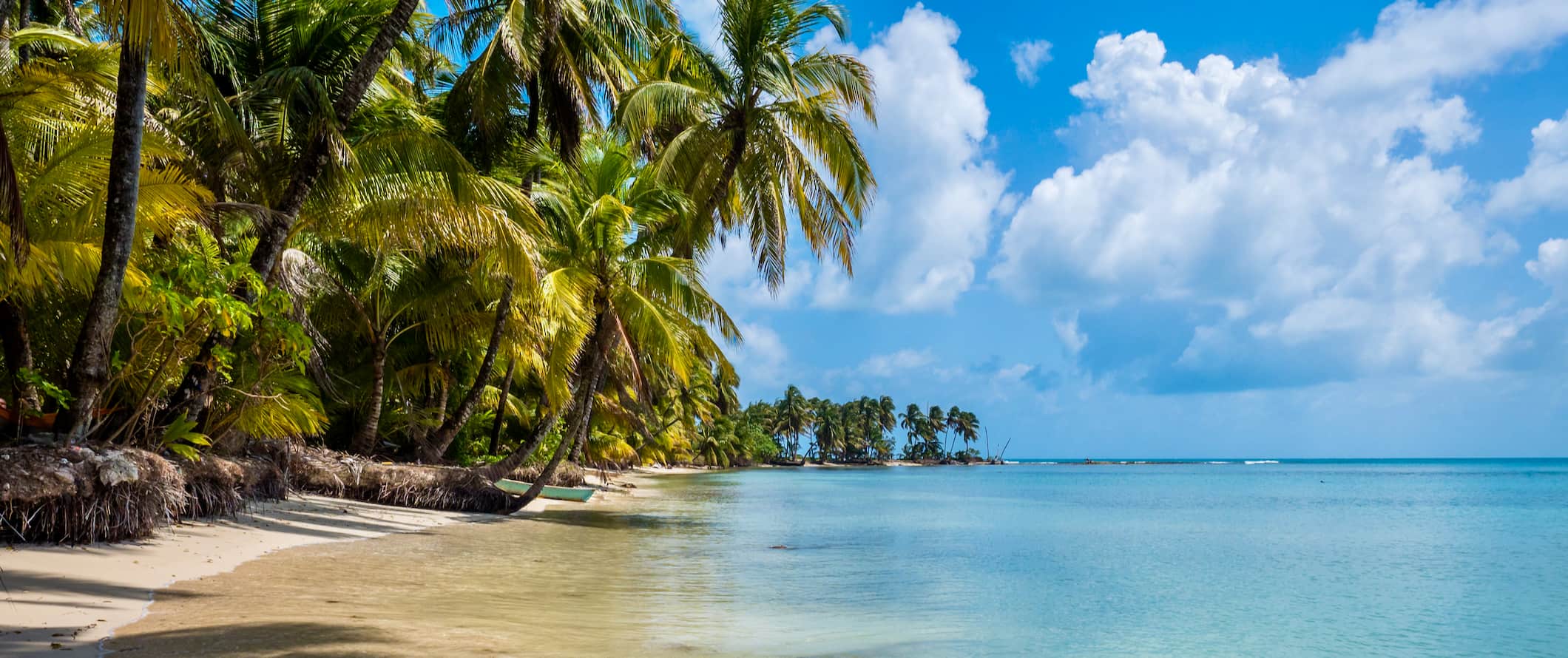
Accommodation
- Hostel dorms – 250-350 NIO per night
- Hostel private rooms – 700-1,700 NIO per night
- Budget hotels – 1,000-2,600 NIO per night
- Airbnb private rooms – 880 NIO per night
- Airbnb apartments – 2,800-4,200 NIO per night
- Street food – 100-175 NIO
- Traditional restaurants – 345-520 NIO
- International restaurants – 800-1,200 NIO
- Casual take-out places – 270-350 NIO
- Fast food (think McDonald’s) – 210 NIO
- Beer – 30-90 NIO
- Groceries for a week – 1,100-1,300 NIO
Nicaragua Suggested Budgets
Backpacker – 1,100 nio per day.
On a backpacking budget, you can stay in a hostel dorm, use public transportation and chicken buses to get around, limit your drinking, cook all of your meals, and enjoy free and cheap activities like free walking tours and lounging on the beach.
Midrange – 2,800 NIO Per Day
On a midrange budget, you can stay in a private Airbnb or hostel room. You’ll be able to eat out for most meals, enjoy a few drinks, take the occasional taxi or coach between cities, and do more paid activities like diving or guided day hikes.
Upscale – 8,200 NIO Per Day
On a “luxury” budget, you can stay in a hotel, eat out anywhere you want, drink as much as you’d like take domestic flights to get around, and do whatever paid tours and activities you want.
Nicaragua Travel Guide: Money-Saving Tips
Nicaragua is one of the cheaper countries in the region but prices are rising quickly as it becomes more of the “it spot” to retire and work remotely from. Here are some of the best ways to save money during your trip:
Share private taxis – If you’re traveling in a small group, a taxi can often work out cheaper and more time-efficient than a bus or shuttle. Negotiate the price beforehand and ask your hostel for the normal rates so you have a reference.
Take the chicken bus – Chicken buses (crowded local buses that make multiple stops) are the cheapest way to travel. You can save big time if you’re willing to trade A/C and cushioned seating to travel on a decommissioned school bus for a few hours. For example, the 3.5-hour trip from Granada to Rivas costs just 70 NIO!
Refill your water bottle – The tap water here is not safe to drink so make sure you have a reusable bottle with you. To stay safe, bring a water filter like LifeStraw to ensure your water is clean and safe!
Use the right currency – Pay with US dollars in bigger cities and save your córdobas for purchases at small businesses in rural areas and villages since they won’t have change for larger USD bills.
Bring cash – Cards are accepted in major establishments and big cities. However, electricity can be fickle on the coast so it’s best to carry plenty of cash in case you’re caught out in a blackout.
Learn some Spanish – Inflated tourist prices are common here. To avoid getting overcharged, learn some Spanish. Even just a few words and phrases can help you avoid being overcharged.
Travel during the shoulder season – Prices are highest during the dry months (December-April). To avoid the crowds and save money, travel during the rainy season or shoulder season. You might get rained on, however, accommodation and activities are cheaper.
Choose less-traveled routes – Prices for activities and accommodation plummet when you leave the tourist triangle (Granada, León, and San Juan del Sur). Nicaragua is the largest country in Central America so don’t be afraid to think outside the box and venture off the beaten path.
How to Get Around in Nicaragua
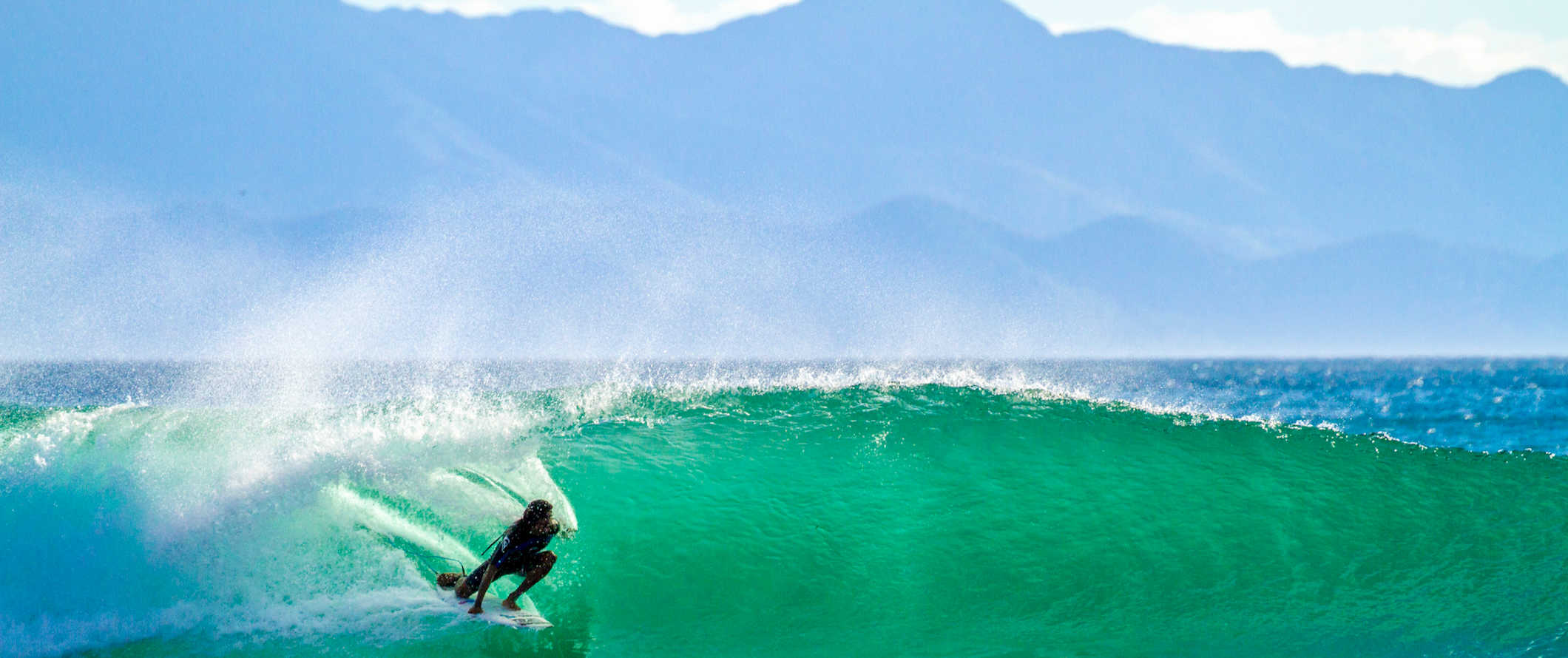
Bus – Chicken buses (i.e. converted school buses) are the cheapest way to get around. They are slow and stop often but have dirt cheap prices (around 35 NIO per hour of travel).
If you’re looking for a more comfortable journey, book with a coach company or private mini-shuttle, the latter of which are air-conditioned with cushioned seating and have storage room for your luggage.
For private mini-shuttles, expect to pay between 880-1,750 NIO per trip, however, you can try and buddy up with other hostel guests to drive down the price since it’s a private booking.
Most of the large cities have public transportation with local bus tickets costing under 6 NIO.
Air – La Costeña, Nicaragua’s domestic carrier, is based out of Managua and serves most of the country. Even if you’re keeping spending to a minimum, you have to take a flight if you want to visit the Corn Islands. Return tickets from Managua to the Corn Islands cost 5,700 NIO. For the 2.5-hour flight from Managua to Bluefields, expect to pay at least 4,500 NIO.
Train – There are no trains in Nicaragua.
Car Rental – A 4WD is recommended if you’re planning to visit rural areas as the roads here can be rough. Prices start from around 1,400 NIO per day for a multi-day rental. You’ll need an International Driving Permit (IDP) and you’ll definitely want to have extra insurance too.
Hitchhiking – Hitchhiking is relatively easy here. More often than not, you’ll be picked up by truckers (who often get a kick out of interacting with tourists). Avoid hitchhiking at night and make sure the driver picking you up isn’t a taxi or expecting payment. Having a sign helps, as does knowing some basic Spanish. For more hitchhiking tips and advice, check out Hitchwiki .
When to Go to Nicaragua
There are two distinct seasons in Nicaragua: the dry season, which falls between November-April, and the green (rainy) season which is from May-October.
To avoid the crowds and peak prices, visit during the rainy season. The rainier months also offer ideal surfing conditions and deserted beaches to enjoy the waves. Just keep in mind the Caribbean coast sees more rain than the Pacific. Expect daily highs around 30°C (86°F).
The San Sebastian festival in Diriamba runs between January 17th-27th and is an amazing way to celebrate a local fiesta, with colorful parades, traditional music, and street-side buffets filling up every corner.
Easter (Semana Santa) is when you can find most locals hitting the mountains or beaches with family and friends. Buses and hotels, particularly on the coast, fill up fast so be sure to book in advance if you’re visiting during this time. Note that cities are much quieter during this period and many local businesses adapt their opening times/hours and events to celebrate the religious holiday.
Nicaragua Travel Guide: The Best Booking Resources
These are my favorite companies to use when I travel. They consistently have the best deals, offer world-class customer service and great value, and overall, are better than their competitors. They are the companies I use the most and are always the starting point in my search for travel deals.
- Skyscanner – Skyscanner is my favorite flight search engine. They search small websites and budget airlines that larger search sites tend to miss. They are hands down the number one place to start.
- Hostelworld – This is the best hostel accommodation site out there with the largest inventory, best search interface, and widest availability.
- Booking.com – The best all around booking site that constantly provides the cheapest and lowest rates. They have the widest selection of budget accommodation. In all my tests, they’ve always had the cheapest rates out of all the booking websites.
- Get Your Guide – Get Your Guide is a huge online marketplace for tours and excursions. They have tons of tour options available in cities all around the world, including everything from cooking classes, walking tours, street art lessons, and more!
- SafetyWing – Safety Wing offers convenient and affordable plans tailored to digital nomads and long-term travelers. They have cheap monthly plans, great customer service, and an easy-to-use claims process that makes it perfect for those on the road.
- LifeStraw – My go-to company for reusable water bottles with built-in filters so you can ensure your drinking water is always clean and safe.
- Unbound Merino – They make lightweight, durable, easy-to-clean travel clothing.
- Top Travel Credit Cards – Points are the best way to cut down travel expenses. Here’s my favorite point earning credit cards so you can get free travel!
Nicaragua Travel Guide: Related Articles
Want more tips for your trip? Check out all the articles I’ve written on Nicaragua travel and continue planning your trip:
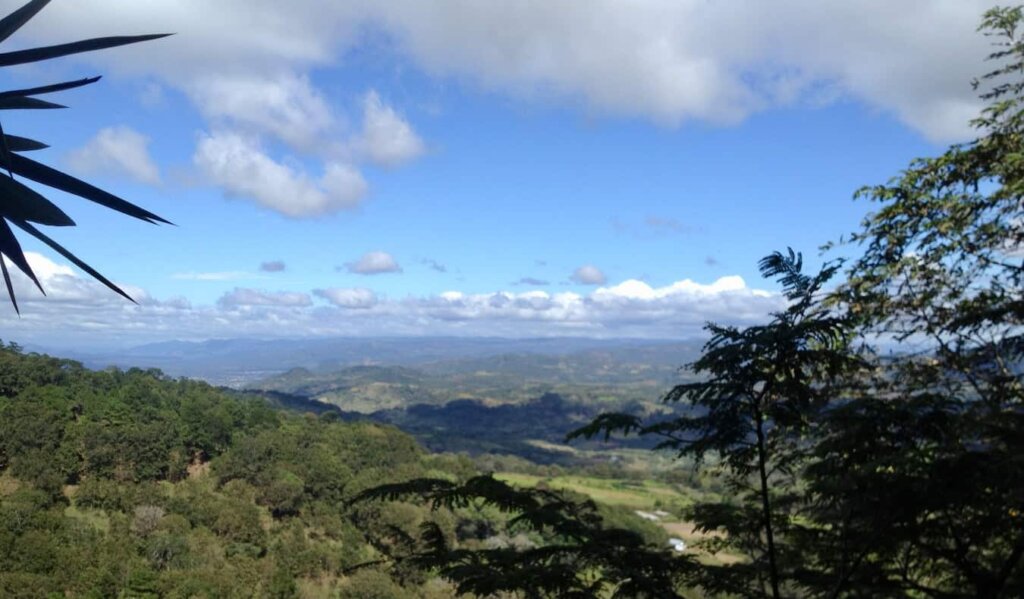
My 15 Favorite Things to Do in Nicaragua
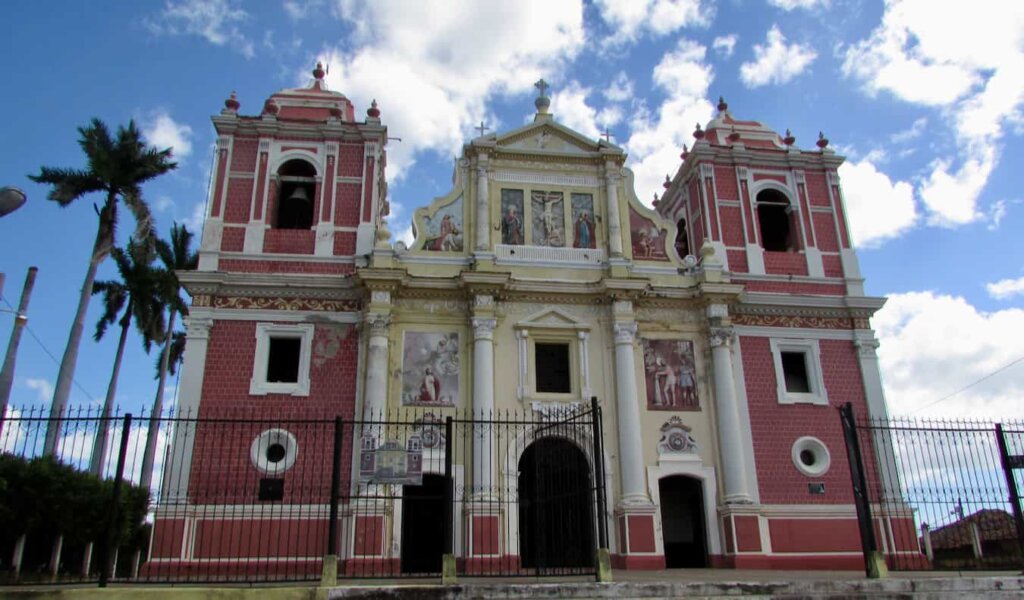
The 10 Best Things to Do in León, Nicaragua
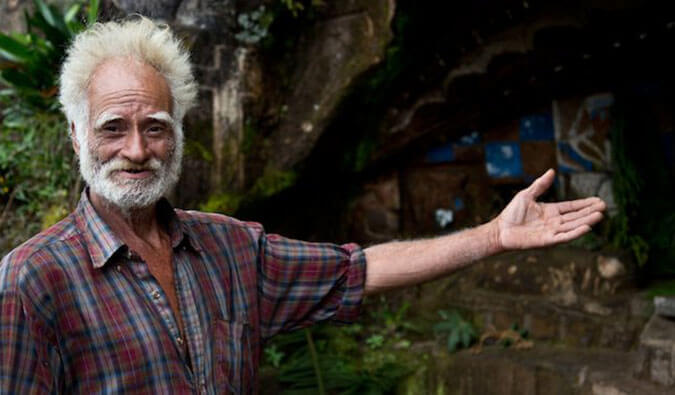
Visiting the Stone Carving Hermit of Nicaragua
Get your free travel starter kit.
Enter your email and get planning cheatsheets including a step by step checklist, packing list, tips cheat sheet, and more so you can plan like a pro!

- Where To Stay
- Transportation
- Booking Resources
- Related Blogs

- Sports & Outdoors
- Water Sports
Fulfillment by Amazon (FBA) is a service we offer sellers that lets them store their products in Amazon's fulfillment centers, and we directly pack, ship, and provide customer service for these products. Something we hope you'll especially enjoy: FBA items qualify for FREE Shipping and Amazon Prime.
If you're a seller, Fulfillment by Amazon can help you grow your business. Learn more about the program.

Download the free Kindle app and start reading Kindle books instantly on your smartphone, tablet, or computer - no Kindle device required .
Read instantly on your browser with Kindle for Web.
Using your mobile phone camera - scan the code below and download the Kindle app.

Image Unavailable

- To view this video download Flash Player

Follow the authors

Lonely Planet Nicaragua (Country Guide) Paperback – October 18, 2016
#1 best-selling guide to Nicaragua *
Lonely Planet Nicaragua is your passport to the most relevant, up-to-date advice on what to see and skip, and what hidden discoveries await you. Kayak through Central America's largest mangrove forest, experience life on a coffee farm, or chill out on idyllic white-sand beaches; all with your trusted travel companion. Get to the heart of Nicaragua and begin your journey now!
Inside Lonely Planet Nicaragua :
- Color maps and images throughout
- Highlights and itineraries help you tailor your trip to your personal needs and interests
- Insider tips to save time and money and get around like a local, avoiding crowds and trouble spots
- Essential info at your fingertips - hours of operation, phone numbers, websites, transit tips, prices
- Honest reviews for all budgets - eating, sleeping, sight-seeing, going out, shopping, hidden gems that most guidebooks miss
- Cultural insights give you a richer, more rewarding travel experience - history, architecture, land & wildlife, arts, cuisine
- Over 45 maps
- Covers Managua, Masaya, Los Pueblos Blancos, Granada, Southwestern Nicaragua, Leon, Northwestern Nicaragua, Northern Highlands, Caribbean Coast, San Carlos, Islas Solentiname, the RÃ?Âo San Juan and more
The Perfect Choice: Lonely Planet Nicaragua, our most comprehensive guide to Nicaragua, is perfect for both exploring top sights and taking roads less traveled.
- Looking for more extensive coverage? Check out Lonely Planet Central America on a Shoestring.
Authors: Written and researched by Lonely Planet
About Lonely Planet: Since 1973, Lonely Planet has become the world's leading travel media company with guidebooks to every destination, an award-winning website, mobile and digital travel products, and a dedicated traveler community. Lonely Planet covers must-see spots but also enables curious travelers to get off beaten paths to understand more of the culture of the places in which they find themselves.
*Best-selling guide to Nicaragua. Source: Nielsen BookScan. Australia, UK and USA
- Print length 320 pages
- Language English
- Publisher Lonely Planet
- Publication date October 18, 2016
- Dimensions 5.12 x 0.63 x 7.83 inches
- ISBN-10 1786571161
- ISBN-13 978-1786571168
- See all details

Customers who viewed this item also viewed

Editorial Reviews
Book description, about the author, product details.
- Publisher : Lonely Planet; 4th edition (October 18, 2016)
- Language : English
- Paperback : 320 pages
- ISBN-10 : 1786571161
- ISBN-13 : 978-1786571168
- Item Weight : 12.3 ounces
- Dimensions : 5.12 x 0.63 x 7.83 inches
- #20 in Nicaragua Travel Guides
- #233 in Surfing
- #365 in General Central America Travel Guides
About the authors
Alex egerton.
A news journalist by trade, Alex has worked for magazines, newspapers and media outlets on five continents. Having had his fill of musty newsrooms and the insatiable corporate appetite for superficial news, Alex decided to leap into travel writing in order to escape the mundane.
He spends most of his time on the road checking under mattresses, sampling suspicious street food and chatting with locals as part of the research process for travel articles and guidebooks.
A keen adventurer, Alex has hiked through remote jungles in Colombia, explored isolated tributaries of the mighty Mekong and taken part in the first kayak descent of a number of remote waterways in Nicaragua.
When not on the road, you'll find him at home amongst the colonial splendor of Popayán in southern Colombia.
Lonely Planet
With over 150 million guidebooks in print, Lonely Planet is a trusted source for any traveler. Since our inception in 1973, we've inspired generations of travelers to discover amazing places and enabled curious travelers to get off the beaten paths to appreciate different cultures and become agents of positive change.
Customer reviews
- 5 star 4 star 3 star 2 star 1 star 5 star 69% 13% 10% 4% 4% 69%
- 5 star 4 star 3 star 2 star 1 star 4 star 69% 13% 10% 4% 4% 13%
- 5 star 4 star 3 star 2 star 1 star 3 star 69% 13% 10% 4% 4% 10%
- 5 star 4 star 3 star 2 star 1 star 2 star 69% 13% 10% 4% 4% 4%
- 5 star 4 star 3 star 2 star 1 star 1 star 69% 13% 10% 4% 4% 4%
Customer Reviews, including Product Star Ratings help customers to learn more about the product and decide whether it is the right product for them.
To calculate the overall star rating and percentage breakdown by star, we don’t use a simple average. Instead, our system considers things like how recent a review is and if the reviewer bought the item on Amazon. It also analyzed reviews to verify trustworthiness.
Reviews with images

The Beauty Of Little Corn Island can be a little deceiving

- Sort reviews by Top reviews Most recent Top reviews
Top reviews from the United States
There was a problem filtering reviews right now. please try again later..
Top reviews from other countries
- Amazon Newsletter
- About Amazon
- Accessibility
- Sustainability
- Press Center
- Investor Relations
- Amazon Devices
- Amazon Science
- Sell on Amazon
- Sell apps on Amazon
- Supply to Amazon
- Protect & Build Your Brand
- Become an Affiliate
- Become a Delivery Driver
- Start a Package Delivery Business
- Advertise Your Products
- Self-Publish with Us
- Become an Amazon Hub Partner
- › See More Ways to Make Money
- Amazon Visa
- Amazon Store Card
- Amazon Secured Card
- Amazon Business Card
- Shop with Points
- Credit Card Marketplace
- Reload Your Balance
- Amazon Currency Converter
- Your Account
- Your Orders
- Shipping Rates & Policies
- Amazon Prime
- Returns & Replacements
- Manage Your Content and Devices
- Recalls and Product Safety Alerts
- Registry & Gift List
- Conditions of Use
- Privacy Notice
- Consumer Health Data Privacy Disclosure
- Your Ads Privacy Choices
Travel Guide Nicaragua
Book your individual trip , stress-free with local travel experts
Select Month
- roughguides.com
- Central America & the Caribbean
- Travel guide
- Travel Advice
- Accommodation
Plan your tailor-made trip with a local expert
Book securely with money-back guarantee
Travel stress-free with local assistance and 24/7 support
Wedge-shaped Nicaragua may be the largest nation in Central America but, despite recent growth, it remains one of the least visited. Still, many travellers who spend any time here find that Nicaragua’s extraordinary landscape of volcanoes, lakes, mountains and vast swathes of rainforest helps make it their favourite country on the isthmus. Compared to the Maya ruins of Guatemala or Belize, Nicaragua offers few heavyweight tourist attractions – almost no ancient structures remain, and years of revolution, civil war and natural disasters have laid waste to museums, galleries and theatres. However the country's colonial architecture is gradually being restored, while its natural riches rival those of better-known Costa Rica. And with travel still feasible on $20 a day, Nicaragua is one of the world's finest budget destinations.
Where to go in Nicaragua
Virtually every visitor passes through the capital, Managua, if only to catch a bus straight out. While the city has an intriguing atmosphere and a few sights, it’s hard work, and many quickly head for Granada, with its lakeside setting and wonderful colonial architecture. A smattering of beaches along the Pacific coast, notably cheery San Juan del Sur, continues to attract the surfing and backpacking crowds, while the beautiful Corn Islands, just off the coast of Bluefields, offer idyllic white-sand beaches framed by windswept palm trees and the azure Caribbean Sea. Culture and the arts are very much alive in Nicaragua, too; visit Masaya’s Mercado Nacional de Artesanía to find some fantastic-value high-quality crafts, or stay on the Solentiname archipelago and learn about the primitive painting traditions that have flourished there.
Buzzing León is often considered the country’s cultural capital – look for the famous murals depicting Nicaragua’s turbulent political history. Ecotourism, volcano-viewing and hiking are the attractions of the Isla de Ometepe, with its thrilling twin peaks rising out of the freshwater lake, while further east, up the lush Río San Juan, sits El Castillo, a small town with a great fortress. In the central region, where much of the country’s export-grade coffee is grown, the climate is refreshingly cool; hiking and birdwatching are the main activities near the mountain town of Matagalpa.
Stepping off Nicaragua’s beaten track is appealingly easy – the peaceful waters of the Pearl Lagoon and lush highlands of Miraflor reserve are fine spots for exploration, but really are just the tip of the iceberg. More than anything, the pleasures and rewards of travelling in Nicaragua come from interacting with its inhabitants – who tend to be engagingly witty and very hospitable. This is a country where a bus journey can turn into a conversational epic and a light meal into a rum-soaked carnival, a stroll round the street can be interrupted by a costumed giant and a marching band, and a short boat ride can seem like a trip into another world.
Top image: Concepcion volcano on Ometepe Island © Milosz Maslanka/Shutterstock
Discover more places in Nicaragua

- The northwest Travel Guide
- The southwest Travel Guide
Population 6 million
Languages Spanish, Creole and indigenous
Currency Nicaraguan córdoba (C$)
Capital Managua (population: 1.8 million)
International phone code 505
Time zone GMT –6hr
Travel advice for Nicaragua
From travel safety to visa requirements, discover the best tips for visiting Nicaragua
- Culture and Etiquette in Nicaragua
- Getting around Nicaragua: Transportation Tips
- How to get to Nicaragua
- Eating and drinking in Nicaragua
- Sports and Outdoor activities in Nicaragua
- Travel Tips Nicaragua for planning and on the go
- Best time to visit Nicaragua
Find even more inspiration for Nicaragua here
Discover Nicaragua's most captivating stories
Planning your own trip? Prepare for your trip
Use Rough Guides' trusted partners for great rates

written by Andy Turner
updated 26.04.2021

Ready to travel and discover Nicaragua?
Get support from our local experts for stress-free planning & worry-free travels.
Arrange your personalized trip, hassle-free, with local travel experts
Plan with Local Travel Experts!

©benedek/Getty Images

Check out this year's Best in Travel winners
An affable all-rounder, Nicaragua embraces travelers with diverse offerings of volcanic landscapes, historic towns, sensational beaches, remote, idyllic islands, wave-battered Pacific beaches and pristine forests.
Attractions
Must-see attractions.

Reserva Natural Volcán Mombacho
It’s been a few decades since this 1345m volcano, the defining feature of the Granada skyline, has acted up, but it is still most certainly active and…

Convento y Museo San Francisco
One of the oldest churches in Central America, Convento San Francisco boasts a robin's egg–blue birthday-cake facade and houses both an important convent…

Museo Arqueológico Huellas de Acahualinca
Discovered by miners in 1874, these fossilized tracks record the passage of perhaps 10 people – men, women and children – as well as birds, raccoons, deer…
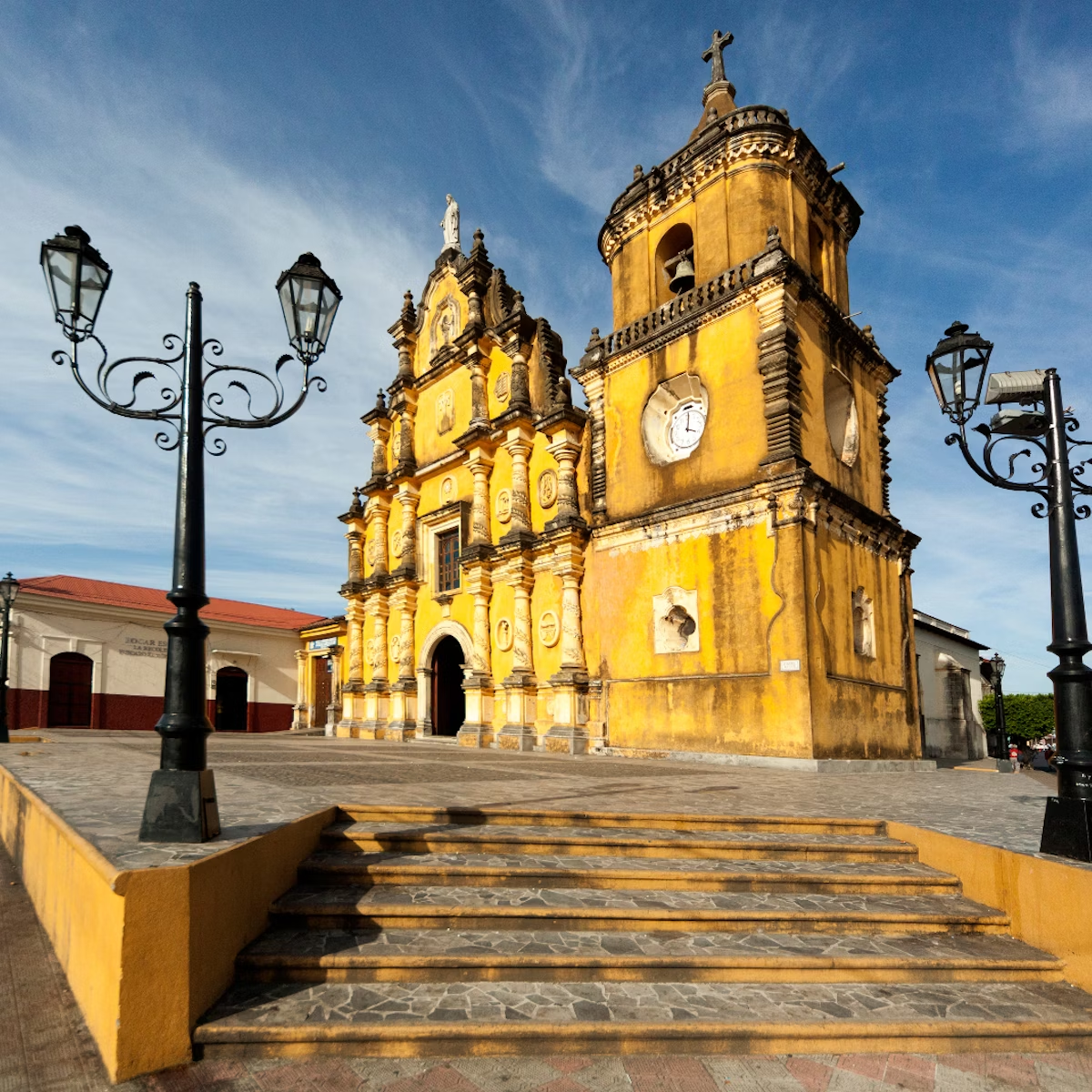
Iglesia de la Recolección
Three blocks north of the cathedral, the 1786 Iglesia de la Recolección is considered the city’s most beautiful church, a Mexican-style baroque confection…

Antigua Catedral
The hollow shell of Managua’s Old Cathedral remains Managua’s most poignant metaphor, shattered by the 1972 earthquake – and slowly undergoing restoration…

Volcán Maderas
Isla de Ometepe
Climbing this 1394m volcano is challenging but worthwhile. Guides are required for the seven- to eight-hour round-trip trek (with four to five hours of…

Volcán Concepción
This massive (and active) volcano is an Ometepe landmark. The seven- to 10-hour hike up loose volcanic stone to the summit of this looming peak can be…

Museo de Arte Fundación Ortiz-Gurdián
Probably the finest museum of contemporary art in all of Central America, the Ortiz-Gurdián Collection has spilled over from its original home in Casa Don…
Latest stories from Nicaragua
Filter by interest:
- All Interests
- Adventure Travel
- Art & Culture
- Beaches, Coasts & Islands
- Food & Drink

Destination Practicalities
Oct 10, 2023 • 6 min read
Everything you need to know about visiting Central America's largest country.

Sep 16, 2019 • 5 min read

Jul 3, 2019 • 6 min read

Apr 15, 2016 • 6 min read

Sep 30, 2014 • 5 min read
in partnership with getyourguide
Book popular activities in Nicaragua
Nicaragua and beyond.

Passport Pilgrimage
Travel Blog dedicated to travel tips, guides and more!
Your Amazing Nicaragua Travel Itinerary: 1, 2, 3, or 4 Weeks
Table of Contents
Your Perfect Nicaragua Travel Itinerary
Whether you’re a seasoned traveler or taking your first steps into the world of travel, this Nicaragua travel itinerary is your all-in-one guide to the trip of a lifetime! We provide options for 1, 2, 3, and 4 weeks of travel through beautiful Nicaragua. Don’t stress, we take care of the best things to do in each location, how to get to there, where to stay, and much more!
While this itinerary goes through Nicaragua’s highlights, feel free to customize this in whatever way you’d like! Check out our post on the best things to do in Nicaragua to see what piques your interest. From massive volcanoes to the Caribbean sea, Nicaragua truly has it all. We immediately fell in love with Nicaragua, and we’re sure you will too. Let’s get into the perfect Nicaragua Travel Itinerary!
Please note that some of the links below may be affiliate links, and at no additional cost to you, we earn a commission if you make a purchase.
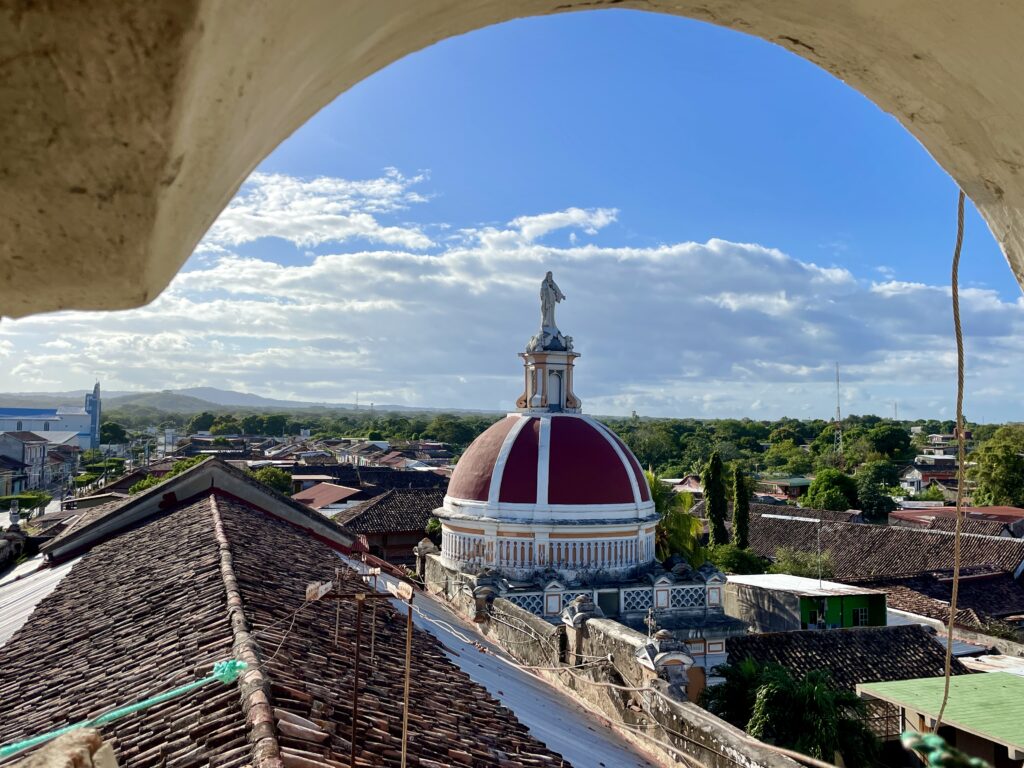
Nicaragua Travel Itinerary: How to Get Around
Chicken Buses (old American school buses) are the cheapest way to get around Nicaragua. Knowing some basic Spanish will help you navigate these much easier. You can also take private and shared shuttles and taxis if you prioritize comfort over cost.
Though renting a car isn’t necessary for this route, we recommend renting a car with 4 wheel drive for week 3, when you’ll travel around the Nicaraguan Highlands. The public transportation up there is not super frequent and it’ll save you lots of time to have your own car. However, it’s important to note that police have been known to ticket foreigners for minor (or non-legitimate) reasons, so keep that in mind and don’t speed!
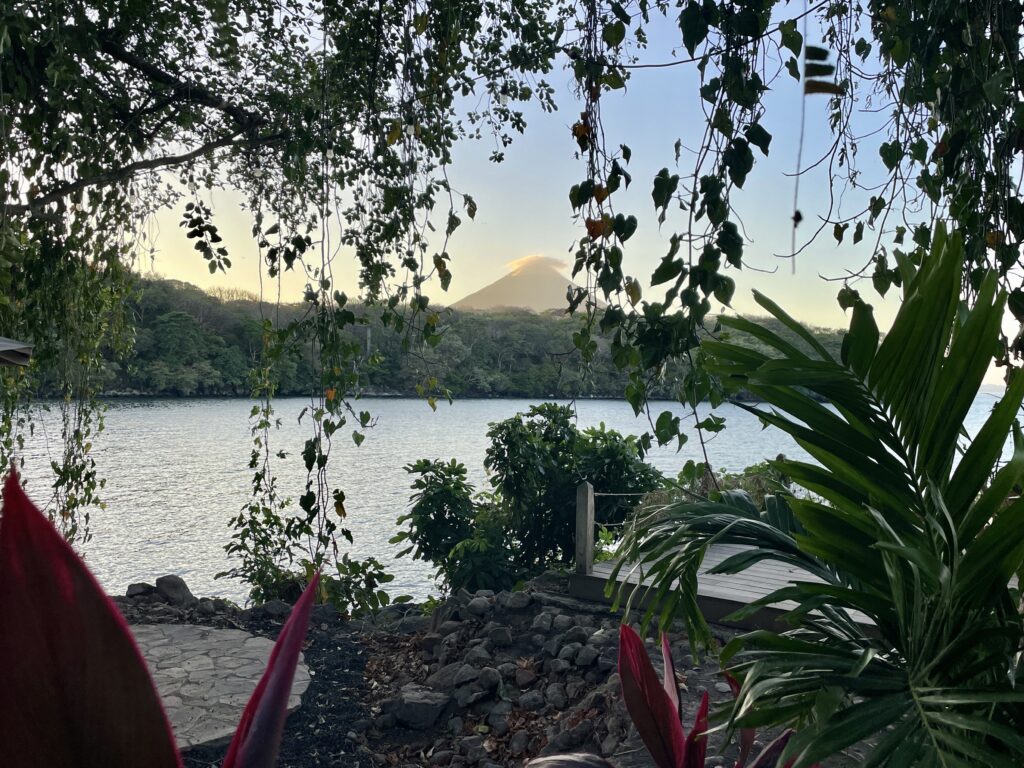
Week 1: Granada and Ometepe
Days 1-4: enjoying granada.
Granada is many travelers’ favorite places in Nicaragua, and for good reason! This charming colonial town is filled with colorful buildings, cobblestone streets and various pieces of Spanish architecture. It’s proximity to beautiful nature, like the Granada Islets, various volcanoes, crater lakes, and cloud forests makes this a great home base for nature-lovers. Party at Selina Hostel or at the Jungle Rave, dine on the beautiful “La Calzada” street, and check out Granada’s many churches!
Check out our post on the best things to do in Granada !
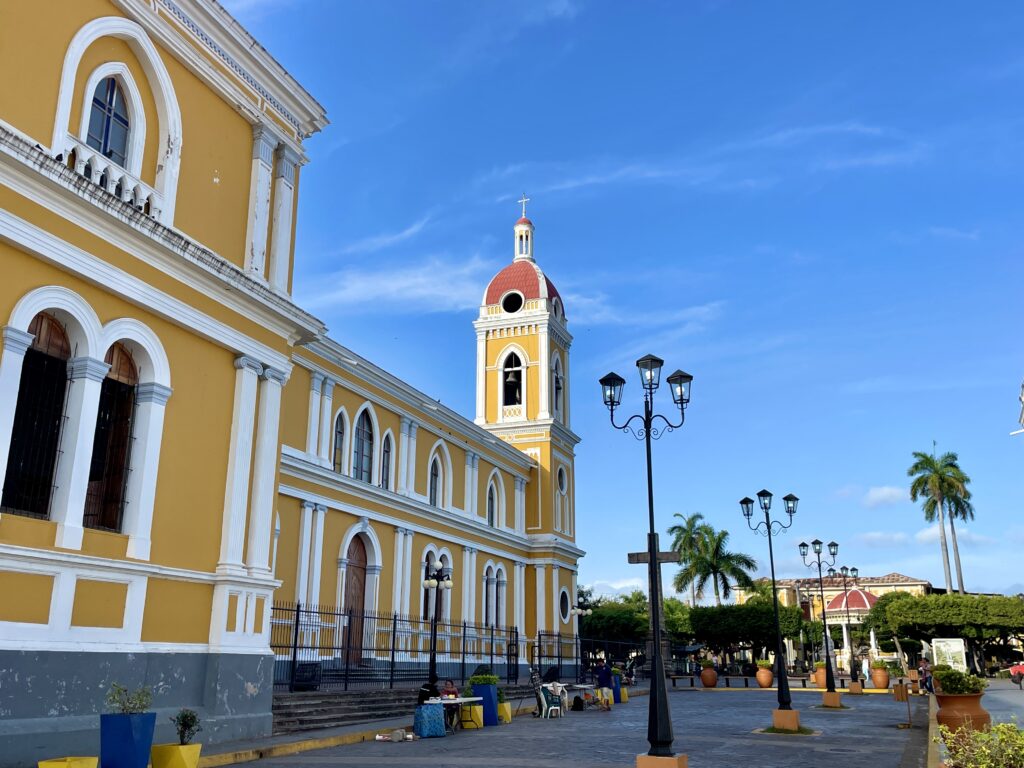
Where to Stay in Granada
When we were in Granada, we stayed at Museito de Carlos and cannot recommend it enough!! Carlos is phenomenal – truly the nicest man – and the free breakfasts were amazing.
A note on staying in Granada: the city can get quite hot, so we definitely recommend staying in a place with AC if you’re the type that won’t be able to sleep in the heat.
Granada Accommodations
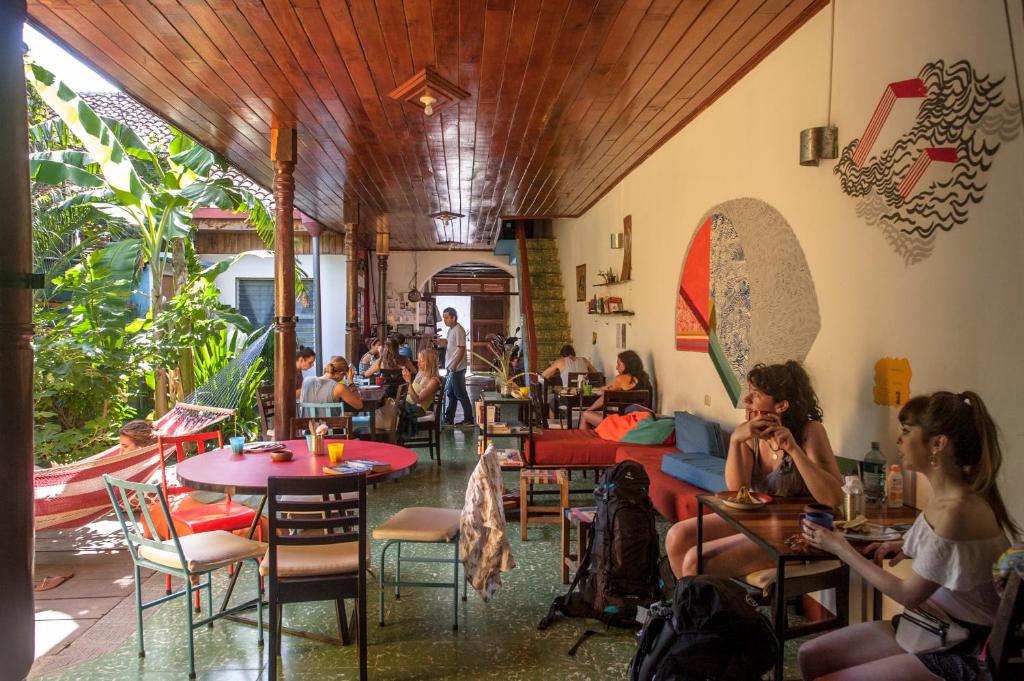
View More →
How to Get to Granada from Managua
The cheapest way to get from Managua to Granada is to take a public bus; these leave frequently from the UCA terminal and cost 37 Cordobas (1 USD), but they may charge you extra for luggage.
The easiest methods (but of course more expensive) are to either rent a car at the Managua airport or book a private transfer to Granada . No matter which method you choose, this journey should take around an hour.
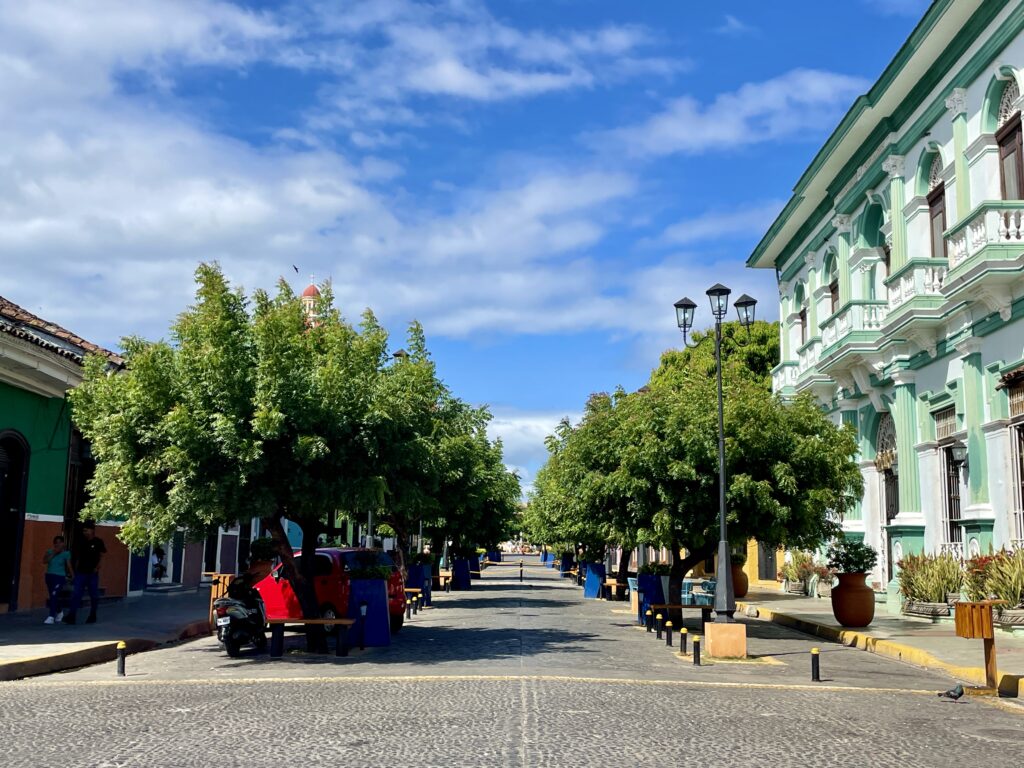
Days 5-7: Discover Ometepe
Ometepe is a beautiful island on Lake Nicaragua formed by two huge volcanoes, Volcán Concepción and Volcán Maderas. Challenge yourself with 8-hour summit hikes, cool off in the Ojo de Agua natural spring, or just relax at the many beaches. Ometepe has a large variety of cuisines, delicious coffee, and an amazing chocolate factory, hostel, restaurant, and bar, called El Pital. One of the best things to do in Nicaragua is simply exploring Ometepe by bike or moped and taking in the views. This is a destination that you should NOT skip on your Nicaragua travel itinerary!
Read about 9 Wonderful Things to Do on Ometepe
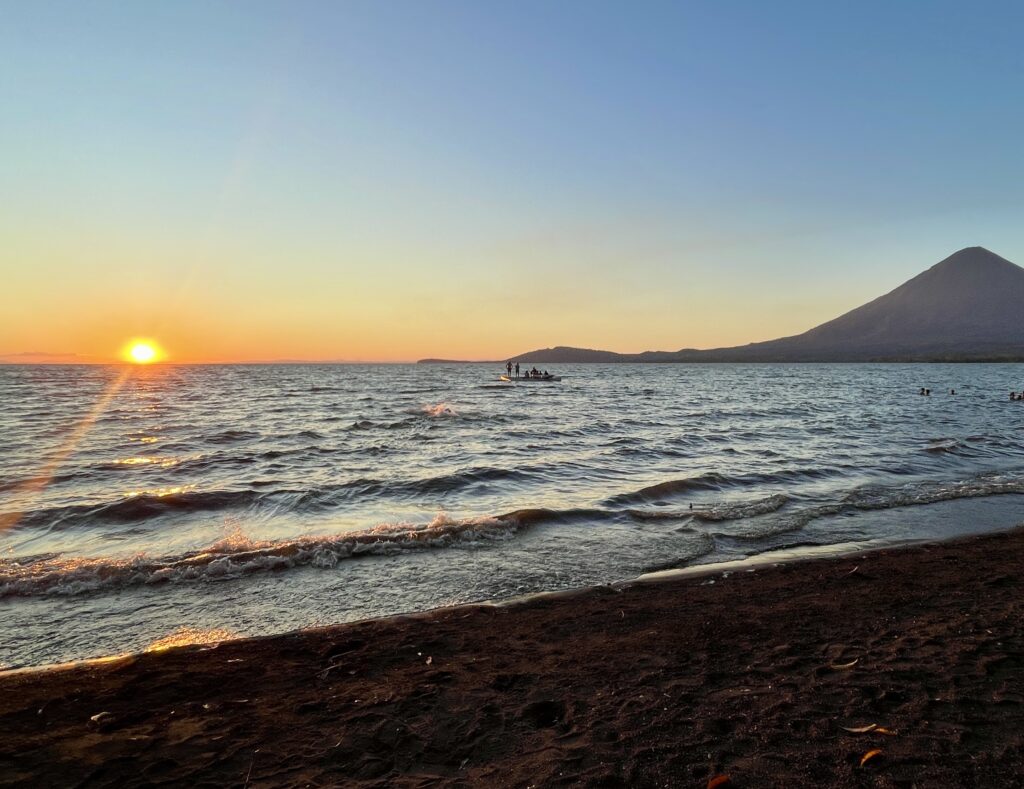
Where to Stay on Ometepe
The island of Ometepe is fairly large, so we definitely recommend getting a motorbike or ATV to explore. That being said, if you get your bike in the port town of Moyogalpa, and rent it for the entire duration of your stay, it doesn’t really matter where you stay. However, if you plan on taking the bus to your accommodations, you’ll want to be somewhere where it is easy to get a bike. We recommend staying in Balgüe; it’s a little town with bike rental services and a few good restaurants. When we stayed on Ometepe, we stayed at El Bamboo Cabins (in Balgüe) and it was absolutely wonderful.
Ometepe Accommodations
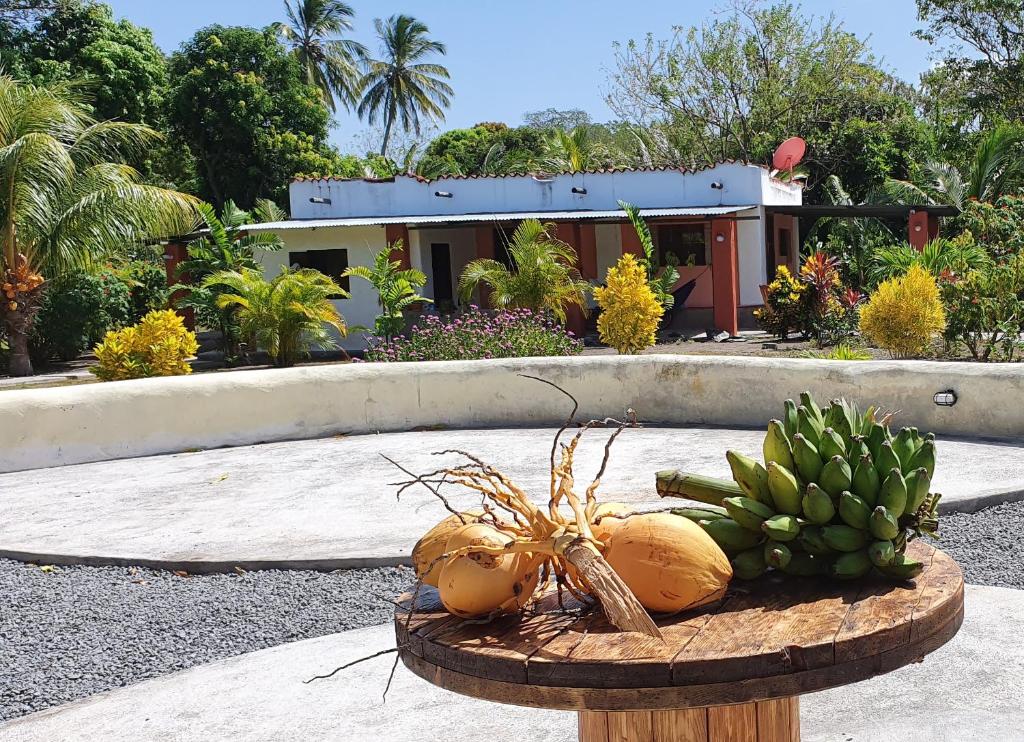
How to Get to Ometepe from Granada
If you rent a car , you can actually bring your car across on the ferry if you call ahead. However, we don’t recommend doing this. If you want a quick, easy trip, we recommend just taking a taxi or a private shuttle to San Jorge, the port town. From there, take the ferry to Ometepe for 50 cordoba or ~$1 USD. This takes about an hour.
For the budget option, take a bus from the Nueva Terminal de Buses a Rivas which costs 70-100 cordobas (~$2-$2.50) and takes 1.5 hours. From Rivas, you can take the minibus which costs 30 Cordoba and takes 30 minutes that goes to San Jorge, the port town. This drives slowly on 3a Avenue Noroeste which is next to the bus station, picking up passengers on the way. It leaves every hour or so. From San Jorge, you can take the ferry to Ometepe for 50 cordoba or ~$1 USD. This takes about an hour.
Check out the ferry schedules from San Jorge to Ometepe (and back)
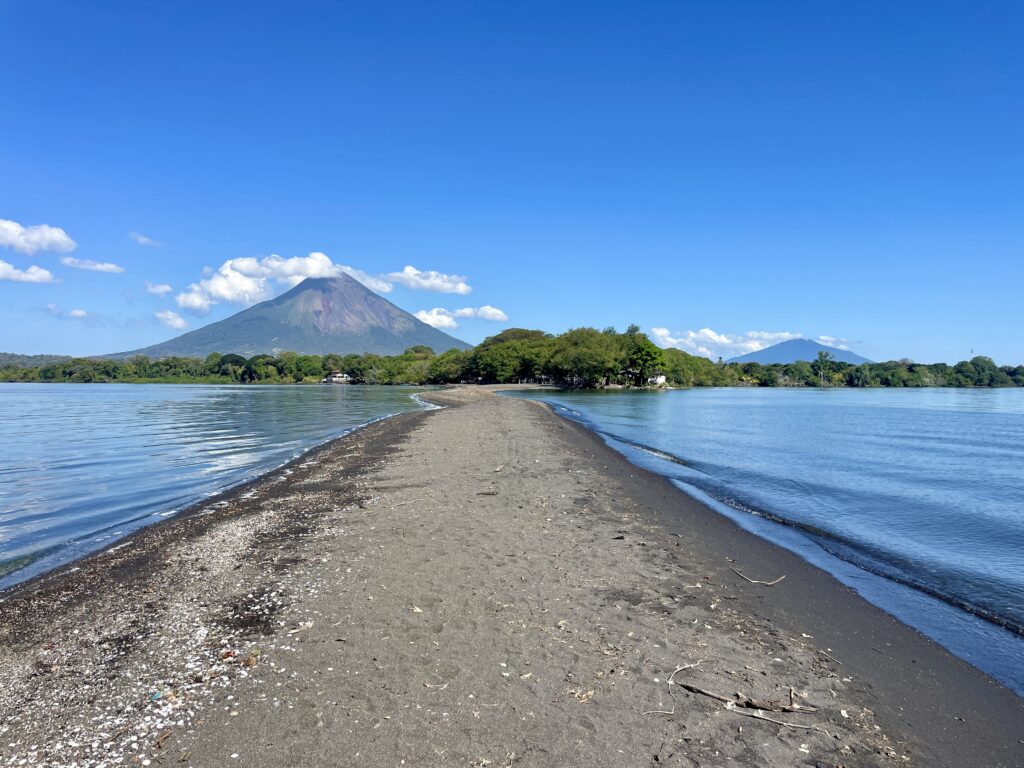
Week 2: San Juan del Sur and León
Days 8-11: surf it up on the pacific coast.
San Juan del Sur is the most popular surfing destination in Nicaragua. Adventure lovers of all skills indulge in surfing here, whether it be a quick surf lesson, daily board rentals, or going all in on a week-long surf camp. San Juan del Sur has a stunning viewpoint, great cuisine, and a vibrant nightlife scene. However, if you want to get away to a more secluded location, head up the coast a bit to somewhere like Playa Maderas. The San Juan del Sur area is the perfect beach destination for your Nicaragua travel itinerary!
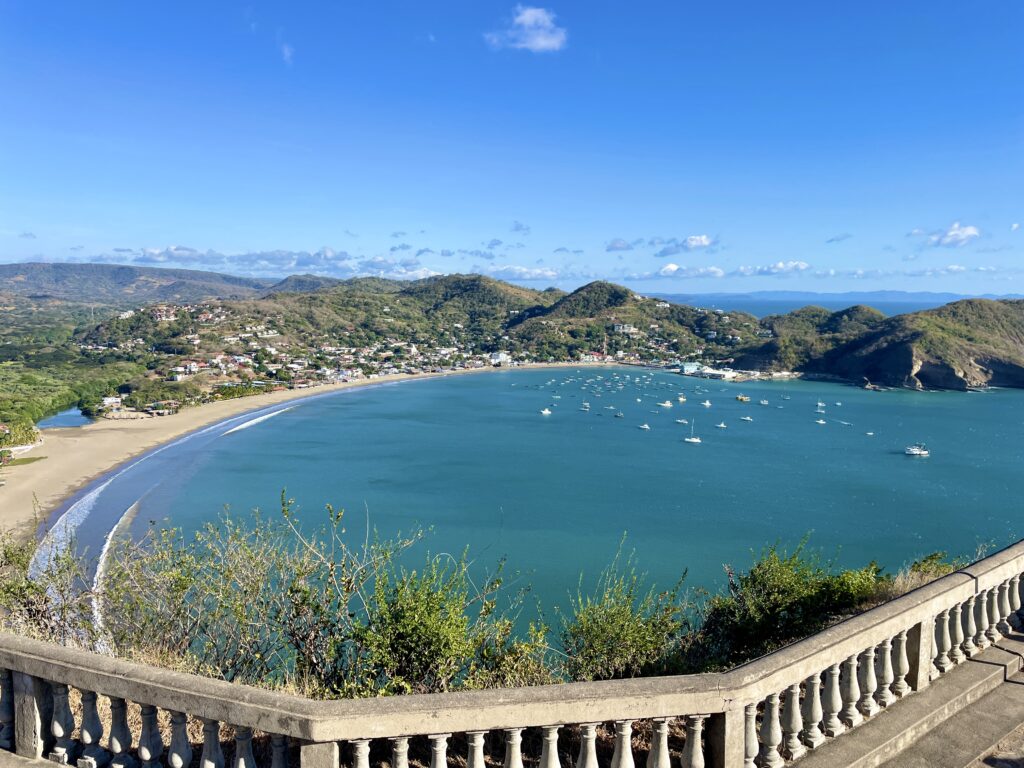
Where to Stay in San Juan del Sur
San juan del sur accommodations.
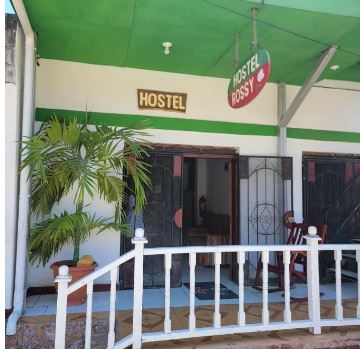
How to Get to San Juan del Sur from Ometepe
If you will need to catch the bus from your accommodations on Ometepe to get to the port, you can check the bus schedule (and it never hurts to double check the times with your host!). From the port, take the ferry to San Jorge ( ferry schedules are here ). This takes an hour and costs 50 cordobas ($1.25).
From San Jorge, take the mini bus to Rivas. This comes every hour or so, takes 30 minutes, and costs 30 cordobas. You can also take a “colectivo” (which is just taxi with strangers) for $1-2 a person. From Rivas, buses to San Juan del Sur cost 50 cordobas ($1.25) and leave frequently. If you’re heading onwards to Playa Maderas or another beach town up the coast from San Juan, check out the bus schedules and book a ride at Casa Oro Hostel.
Days 12-14: Embrace León’s Culture
This city has so much to offer, and you’ll have plenty of time to explore it over the next couple of days! Make sure to participate in the famous Volcano boarding, where you “board” (sled) down the side of an active volcano! León is rich in history, so in addition to taking a walking tour, we recommend touring the Revolution Museum, climbing the biggest cathedral in Central America, visiting the Museum of Legends and Traditions, and marveling at the art in the Ortiz Gurdián Foundation Art Center. If you want to escape the heat of León, head to Las Peñitas, and if you’re lucky, you can do a turtle release!
Read about the best things to do in León !
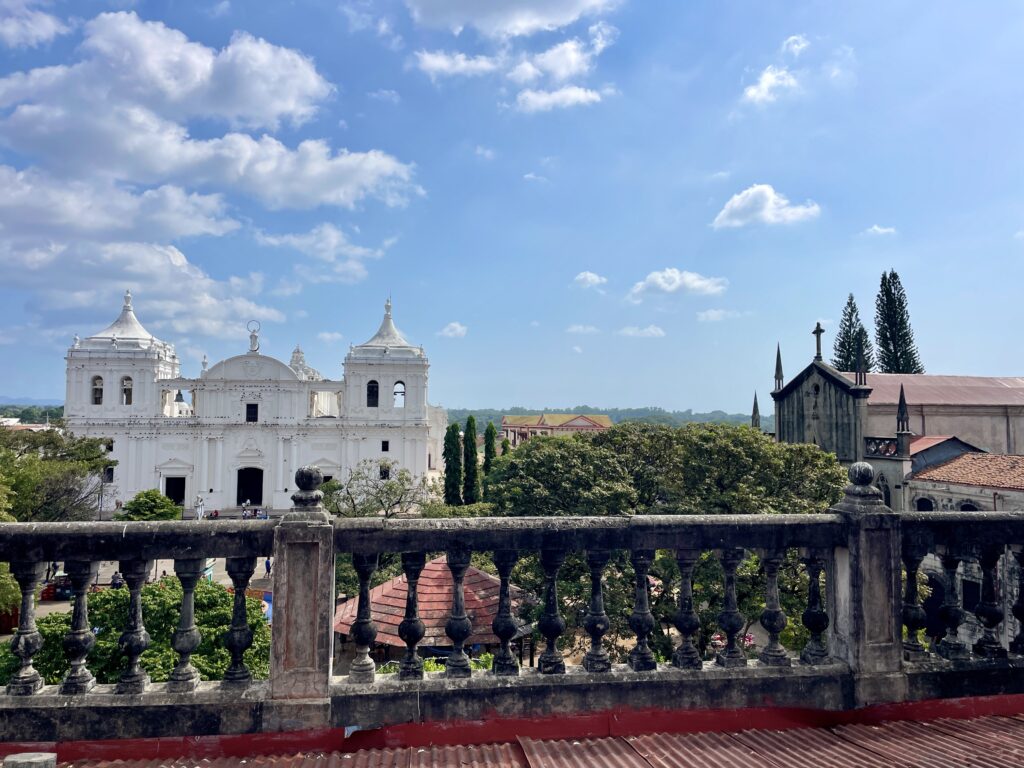
Where to Stay in León
León is a fairly small and walkable city, and it’s very easy to find accommodations close to the center of the city. Accommodations are also fairly cheap in León; the city is filled with cheap hostels and a couple higher end options. Wherever you stay in León, I cannot recommend enough that you get a place with air conditioning. León is HOT and sleeping without AC would certainly be a challenge.
León Accommodations
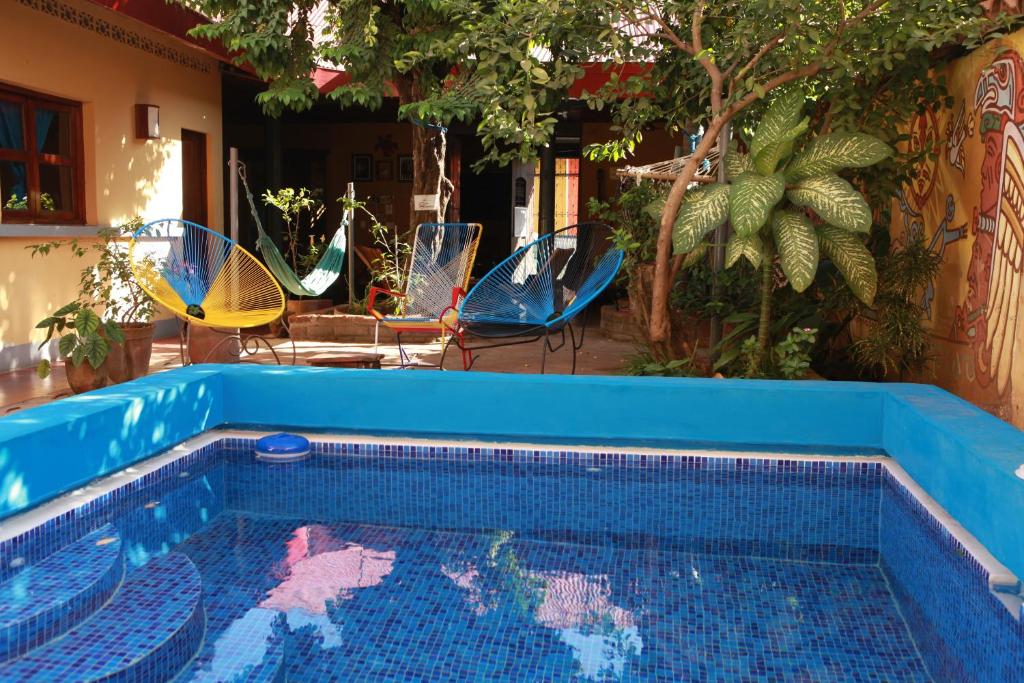
How to Get to León from San Juan del Sur
Take the bus from San Juan del Sur to Rivas, which costs 50 cordobas ($1.25). From Rivas, take the bus that leaves every 30 minutes heading to Managua and costs 100 cordobas or $2.50. This will arrive at Mercado Roberto Huembes, so you’ll need to take a 15 minute taxi ride to the UCA, (pronounced oo-ka). From here you can take a mini bus to León, which costs 100 cordobas or $2.50 and takes 2 hours.
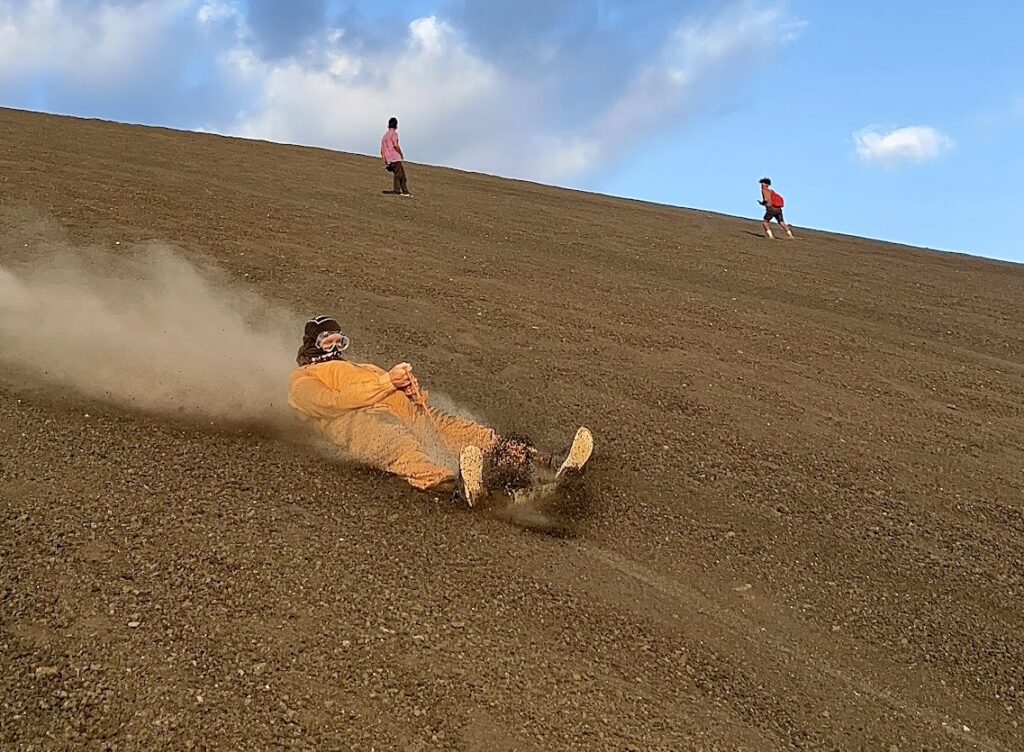
Week 3: The Nicaraguan Highlands
Days 15-16: estelí and somoto day trip.
Estelí is the gateway to the Nicaraguan highlands, and while it’s not a major tourist destination, it is a great way to observe every day life in Nicaragua. Estelí is the cigar capital of Central America, with the entire north of the city being occupied by tobacco farms and cigar factories. There is also various murals, which you can do tours of and learn about the historical significance of these revolutionary art pieces. Unleash your adventurous spirit and visit Somoto Canyon, where you can hike, swim, wade, and cliff jump through the beautiful canyon. Make sure to eat at Castillos Buffet in Estelí!
Read about wonderful things to do in Estelí and the best day trip to Somoto Canyon
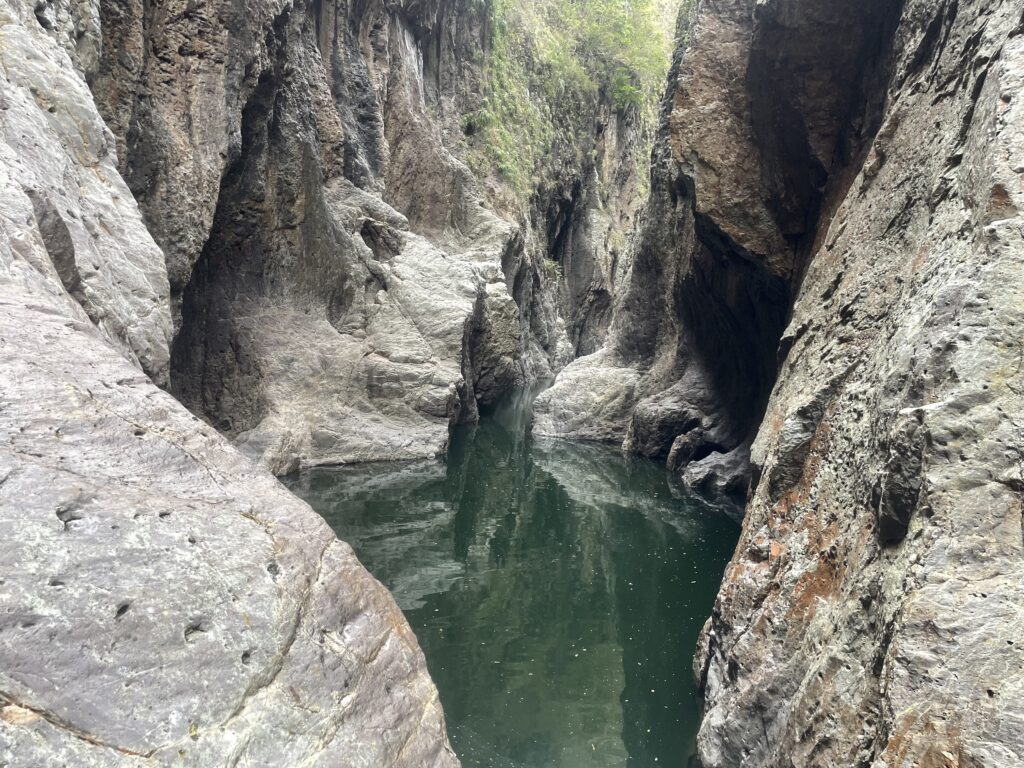
Where to Stay in Estelí
There aren’t too many accommodation options in Estelí as it’s a rather small town, but there are certainly options for all budget types! We recommend staying in or close to town if you plan on doing day trips because that will make transportation much easier.
Estelí Accommodations
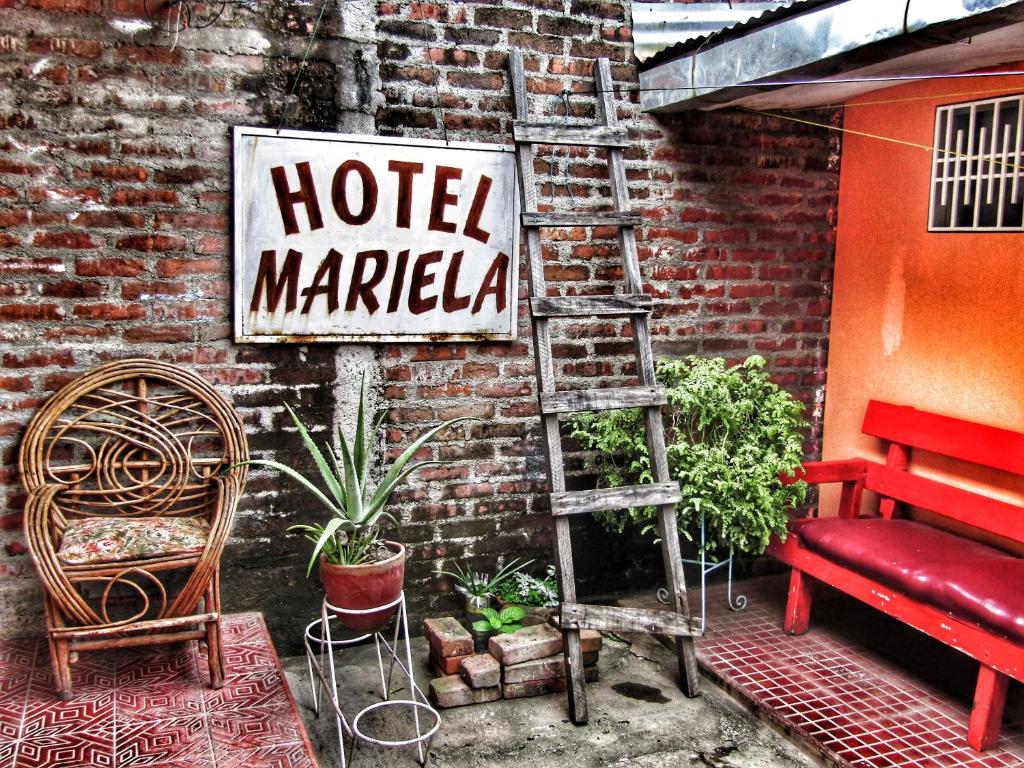
How to Get to Estelí from León
The buses from León to Estelí leave every 1-2 hours from the Terminal de Buses . These can be big vans or chicken buses. Unfortunately this route isn’t very popular so shared shuttles aren’t available. If you don’t want to take the chicken bus or van, you will likely have to pay for a taxi.
How to Get to Somoto Canyon from Estelí
The bus to Somoto from Estelí costs 46 Cordobas (about 1 USD), and takes 2 hours. You can check the schedules here . You can take this bus at 5:15 am, 6:15 am, 7:15 am, 8:45 am, 9:30 am, 10:30 am, 11:45 am, 12:30 pm, 1:30 pm, 2:45 pm, 4:15 pm, and 5:15 pm. Your tour operator might pick you up from the station (ours did), and drive you 25 minutes to the canyon. If your tour guides don’t pick you up, you can take the bus to El Espino and get off at Somoto Canyon Tours .
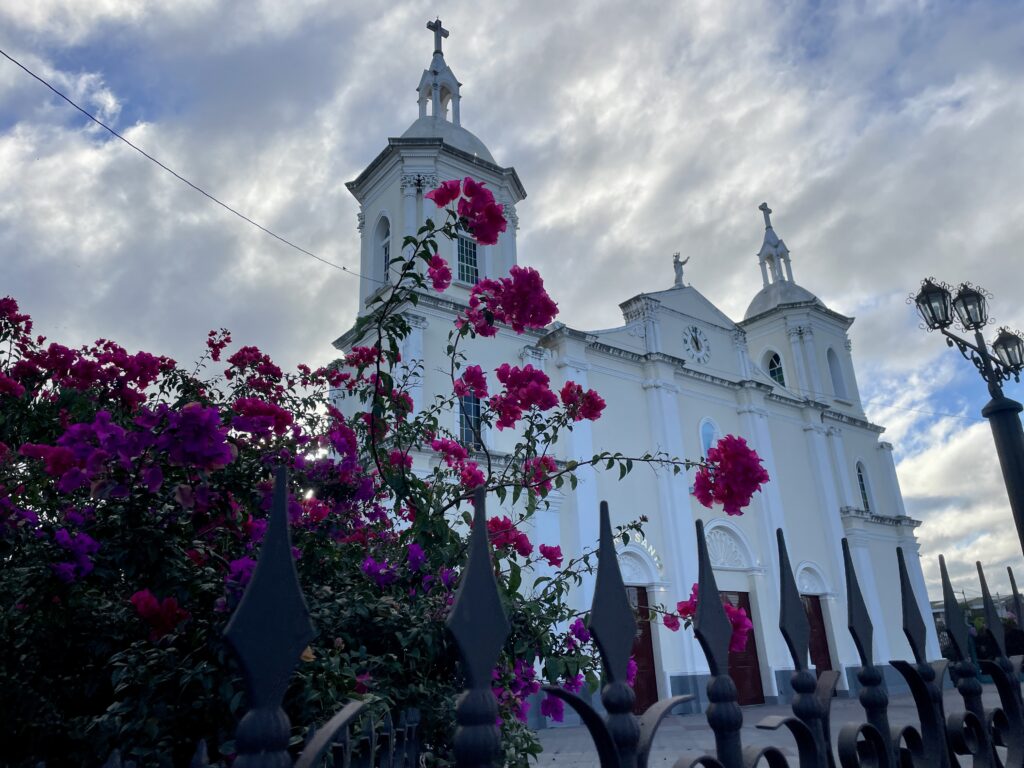
Days 17-18: Be Enchanted by Miraflor Cloud Forest
Miraflor Cloud Forest is a beautiful, rainy paradise complemented by vast farmlands or “fincas”. Here you can go on an educational jungle walk, tour the reserve on horseback, learn about agriculture, see and taste a coffee farm, go hiking, birdwatching and more! This is a nice place to relax, unwind, and escape the Nicaraguan heat! Miraflor is skipped on the average traveler’s Nicaragua travel itinerary, but you won’t regret experiencing this beautiful cloud forest!
Check out our guide to Miraflor Cloud Forest!
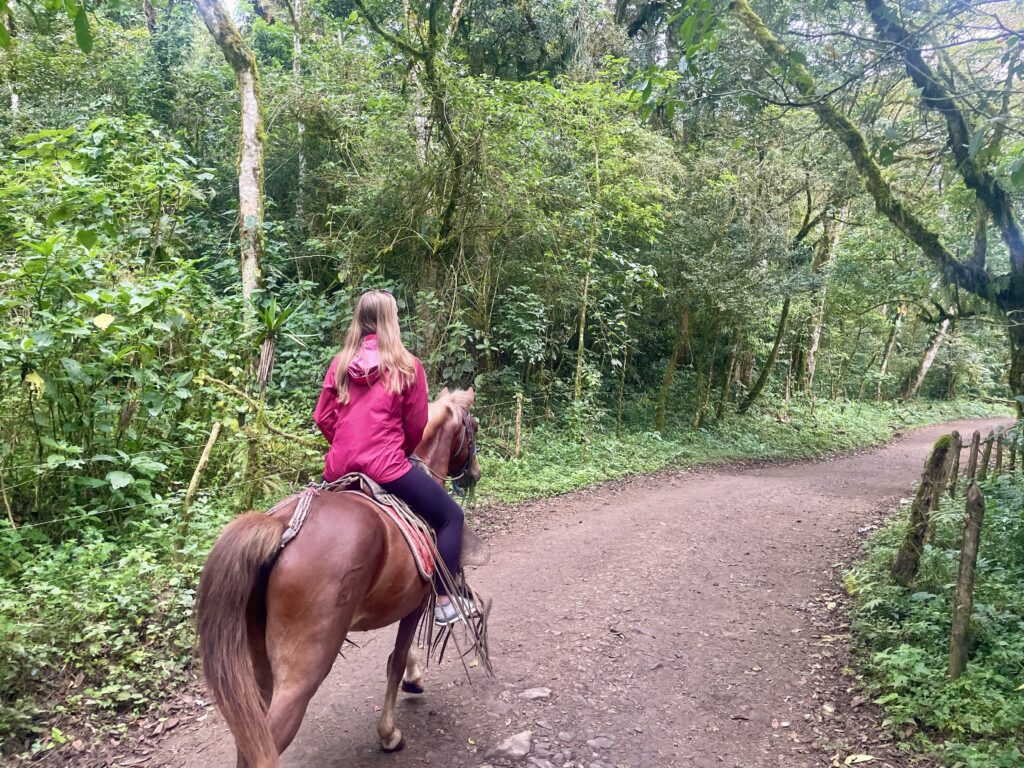
Where to Stay in Miraflor
We stayed at Finca Lindos Ojos and highly recommend staying there. The cabins were lovely, and it was easy to book horseback riding and walking tours through them. The owner was very knowledgeable and showed us around the forest herself and taught us about the different plants and animals. This finca doesn’t have a restaurant, but there is a basic kitchen and you can buy some vegetables and cheese from them. But if you’re not into cooking, you can visit the nearby fincas that both have restaurants!
If you don’t have an interest in horseback riding, Finca Fuente de Vida and Finca Neblina del Bosque are other great options. We ate at Finca Fuente de Vida twice – the family that runs it is super nice, they have amazing food, and they have a number of tours available. We unfortunately didn’t make it to Finca Neblina del Bosque, but we walked past it and it looked like a stunning property.
Miraflor Accommodations
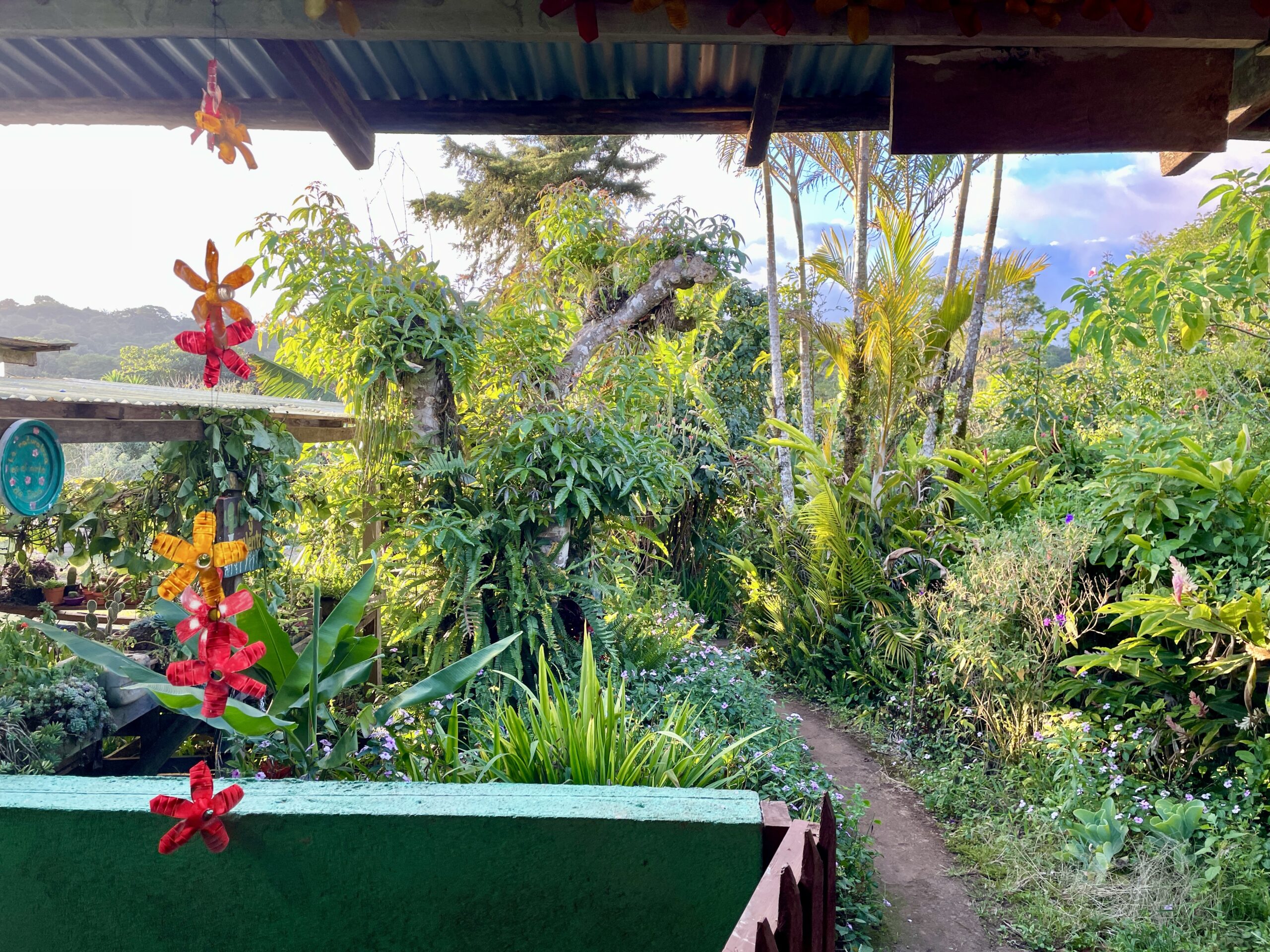
How to Get to Miraflor from Estelí
While we recommend renting a car for the northern highlands portion of this itinerary, you can also take the public bus. The bus leaves from Cotran North Station at 2:15, and passes most of the farm stays. This is called the Camino Real Bus and costs 45c or ~$1.
The other option is to take bus heading from Estelí to Yali, which pass through La Rampla. From here, you can have your host pick you up, hitchhike, or walk around 30 minutes to your accommodations. These buses leave Cotran North in Estelí at 6:15 AM, 12 PM, and 3:45 PM. The name of these buses is “Centeno” and it costs 45 Cordobas (about $1). Make sure to confirm with the bus driver that the bus passes through Miraflor on its way to Yali, because some of them don’t.
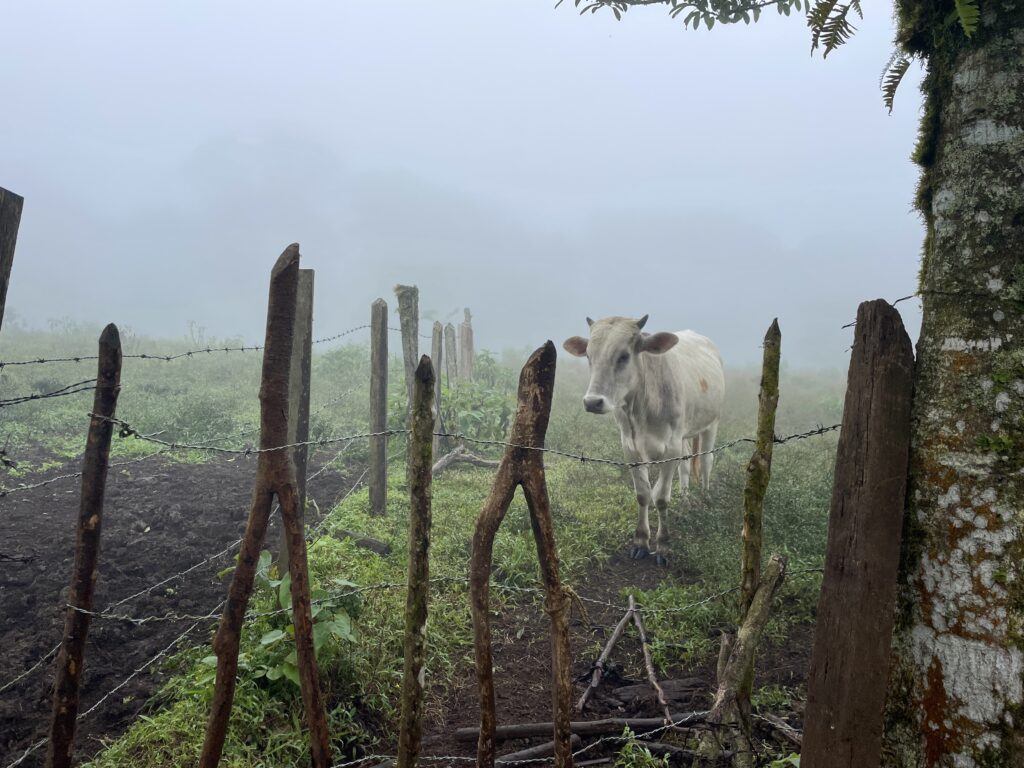
Days 19-21: Explore Nicaragua’s Coffee Region
In my opinion, Nicaragua has the absolute best coffee in Central America, with El Salvador as a close second. Touring the Nicaraguan highlands’ coffee farms is the best way to experience the Nicaraguan coffee culture. Selva Negra, Matagalpa, and Jinotega are the most popular places for coffee farms where you can see the entire process from bean to brew. The tours here are commonly done as all-inclusive multi-day tours, such as this one , but you can also tour them on your own. Your Nicaragua travel itinerary would not be complete without tasting the delicious coffee!
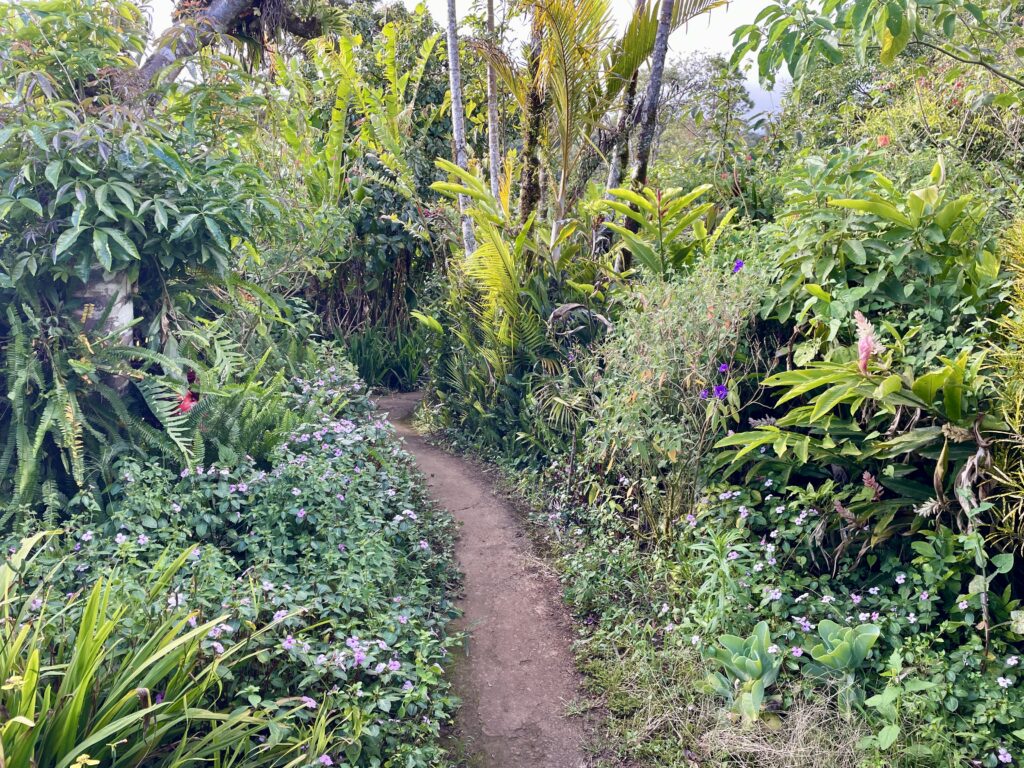
Where to Stay in Nicaragua’s Coffee Region
Selva Negra Ecolodge is a great place to stay and do the various activities, which not only includes coffee tours but also birdwatching, agritourism, hiking and more!
How to Get to Nicaragua’s Coffee Region from Miraflor
If you aren’t going as part of a tour, we recommend doing this part of the trip by renting a car here.
However if you want to do this by bus, you can take the 7:15 AM, 11:30 AM, or 4:15 PM bus from La Rampla to Estelí. Buses to Matagalpa leave every 30 minutes from Cotran Sur in Estelí and take around 2 hours. If you’re going to Jinotega or Selva Negra, you can take the bus all the way to Jinotega or get off in Selva Negra. These buses also leave every 30 minutes.
Week 4: The Corn Islands: A Tropical Oasis
Days 22-24: discover big corn.
Big Corn isn’t as popular as Little Corn, but it definitely deserves a stop in your Nicaragua travel itinerary! Here you’ll find absolutely stunning beaches that look like something out of a movie – and you won’t see a single soul on them. There are also more popular beaches, called Picnic and Arenas, but these are by no means crowded. For a unique experience head out to Bitcoin Island Bar, which is a floating tiki hut just off the cost of Picnic and Arenas beaches. Walking, scootering, or biking the island is also extremely fun, and at the end of the day, head up to Mount Pleasant Hill to watch the gorgeous sunset!
Read about the best things to do on the Corn Islands !
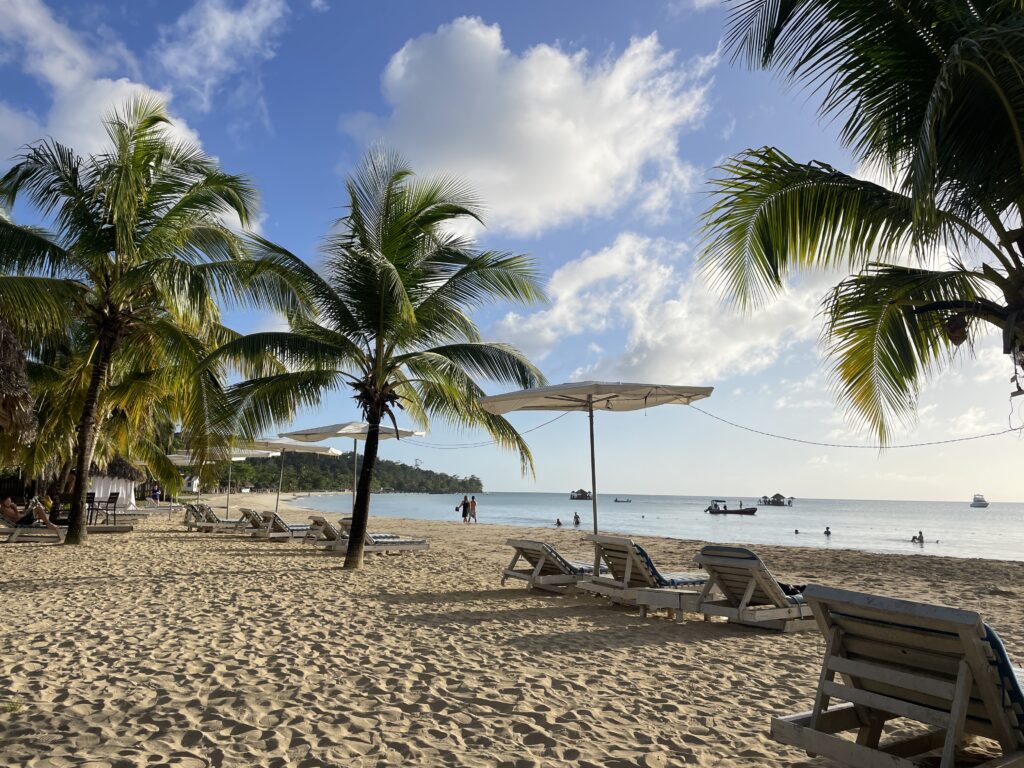
Where to Stay on Big Corn
We stayed at Sunset B&B for our first two nights on Big Corn, and we highly recommend staying there. The rooms are nice and have AC, and the breakfasts are AMAZING . It’s also walking distance from both the airport and the ferry port!
Big Corn Accommodations
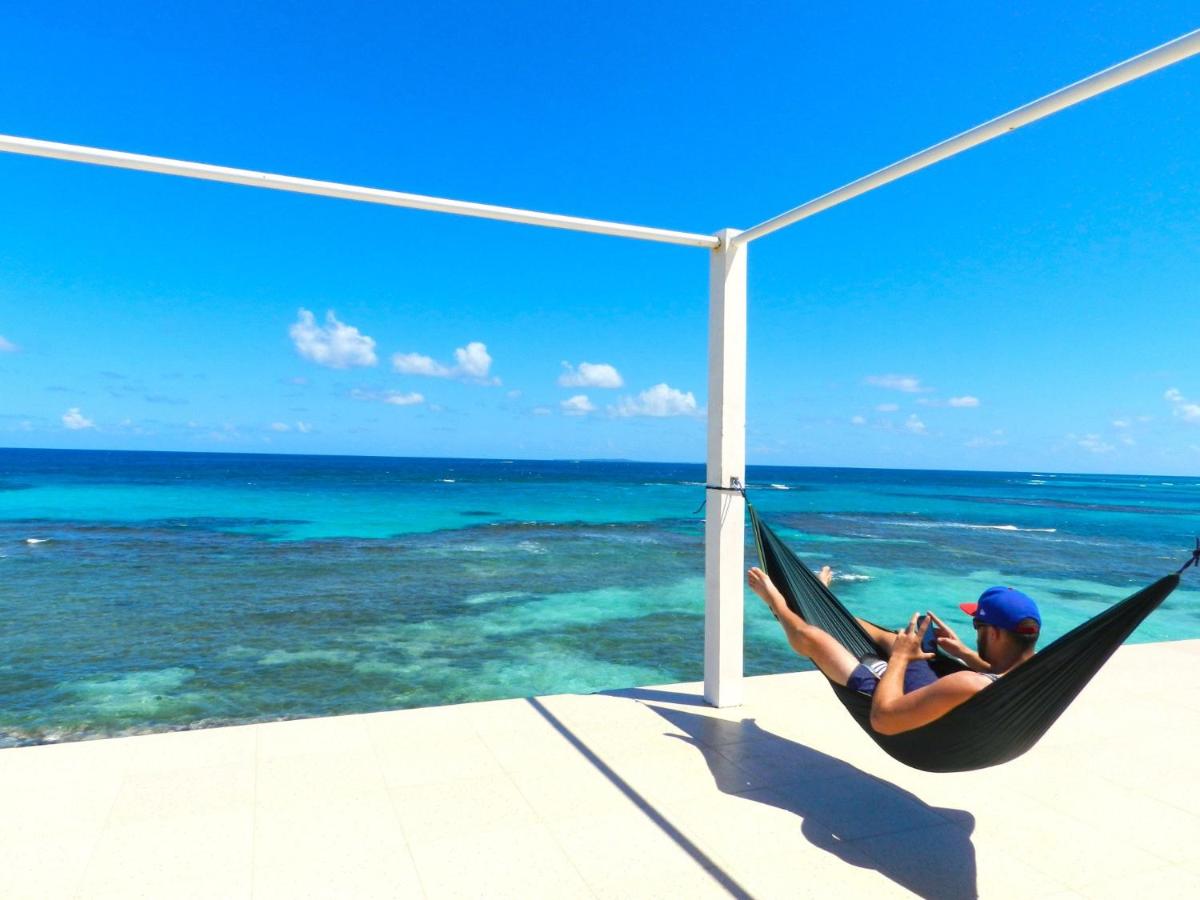
How to Get to to Big Corn from Nicaragua’s Coffee Region
From Matagalpa, take the bus to Managua, which leaves every hour. There is an express bus that takes 2 hours and a regular bus that takes 3 hours. Make sure to ask the driver to drop you off at the airport! From Managua, you’ll fly to Big Corn. There are tons of things to know before doing this journey so make sure to check out our post on How to Get to the Corn Islands .
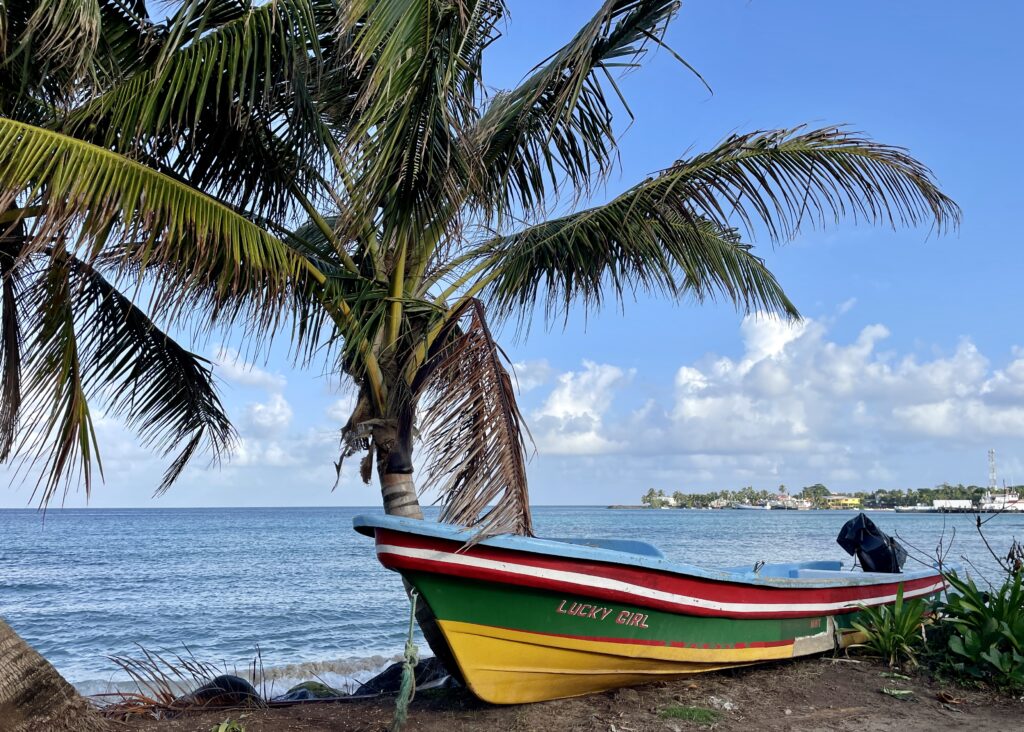
Days 25-28: Dive and Snorkel Little Corn
Little Corn is known for its great diving and snorkeling sights where you can get lost in the underwater world. If you haven’t scuba dived before, you can get your open water certification in three days, while also going on 4-5 amazing dives. If you aren’t comfortable with scuba diving, definitely make time to snorkel the reef! For some beach relaxation time, Otto Beach is a beautiful and quiet beach on the secluded part of the island. For the more adventurous souls, you can try out wing or kitesurfing here!
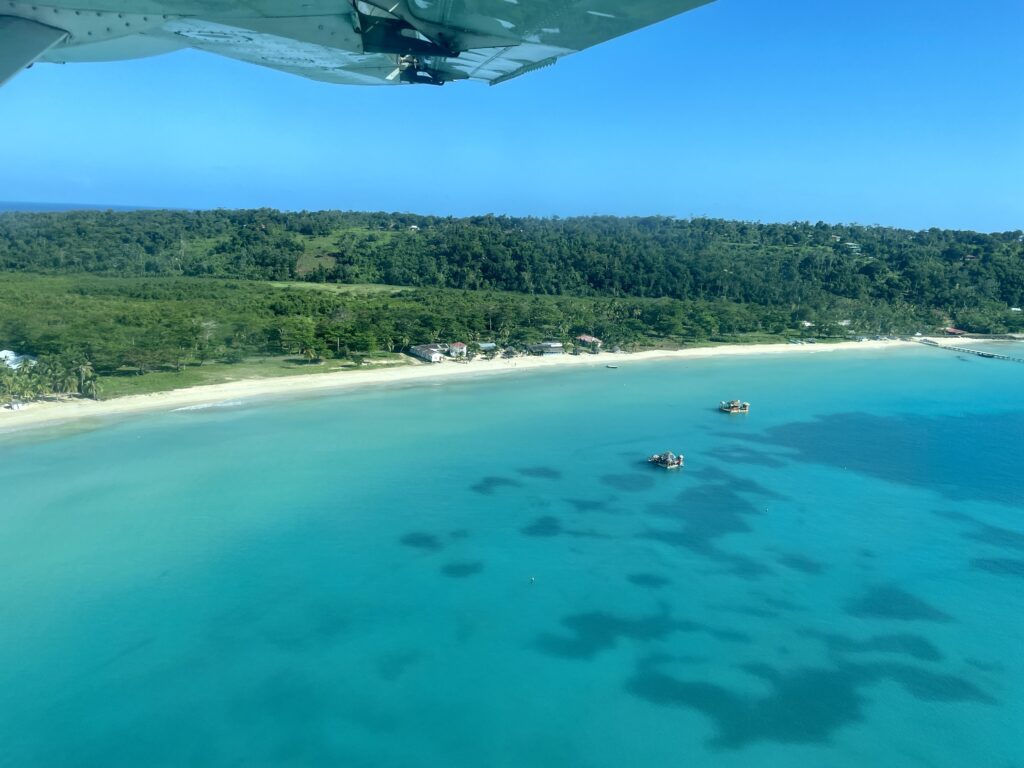
Where to Stay on Little Corn
We stayed at both Christina’s Guest House and Los Delfines and had great experiences at both! However, it’s important to note that the weather is quite hot on the Corn Islands, so having AC may be a necessity for some people. Definitely check that before booking anything – Christina’s Guest House does not have AC but Los Delfines does.
Little Corn Accommodations
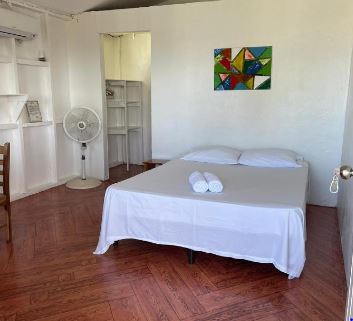
How to Get to to Little Corn from Big Corn
The panga (the little boat) from Big Corn to Little Corn only leaves twice a day at 10:00 am and 4:30 pm. This will cost 10 USD if the weather is good as they can do the journey in the panga. If the seas are choppy, they’ll get a bigger and slower boat that costs 20 USD. The ride takes around 30 minutes in the panga and an hour in the big boat.
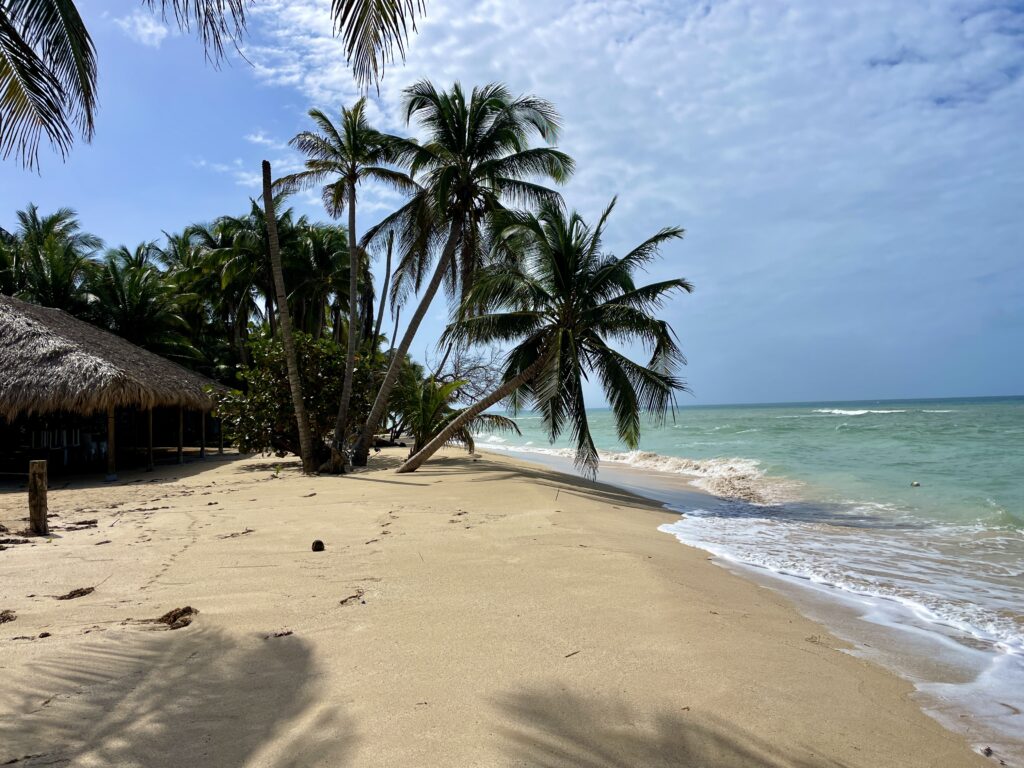
Best Time to Visit Nicaragua
The best time to visit Nicaragua is during the country’s dry season from November to May . This time of year is ideal for warm weather, perfect for exploring cities, volcanoes, and beaches! November through January tend to be a bit cooler than February through May, so if you’re sensitive to hot weather you may want to plan for those months. However, it’s always going to be hot in Nicaragua (especially in the cities), no matter when you visit!

How to Get To Nicaragua
Most travelers fly into Managua , and then take a bus or shuttle to their next destination. There’s really no websites where you can check bus schedules and buy tickets, but there are always frequent buses running to popular destinations.
You can also cross the border via boat from El Salvador, which is how we entered the country (you can read about our experience by clicking the link below). The border crossing from Costa Rica is fairly simple as many buses ( which you can book here ) will take you over the border between the main cities. Make sure you read up on Nicaragua’s Entry Requirements before visiting!
Read about taking the boat from El Salvador to Nicaragua

Keep Exploring Nicaragua….
- The Absolute Best Places to go in Nicaragua
The 20 Best Things to do in Nicaragua
- Wonderful Things to do in Ometepe
- Amazing Things to do in Granada
- Best Things to do on the Corn Islands: A Complete Travel Guide
- Somoto Canyon Day Trip: Everything You Need to Know Before Visiting
- Miraflor Cloud Forest: Nicaragua’s Emerald Jewel
- The Best Things to do in Estelí, Nicaragua
- The Best Things to do in Stunning León
- El Salvador to Nicaragua by Boat: Your Ultimate Guide
- How to Get to the Corn Islands
- How to Get From Nicaragua to Costa Rica by Bus
Our Favorite Travel Resources
Accommodations: We use Booking.com for hotels and HostelWorld for hostels. We also use VRBO or TrustedHousesitters for longer stays. Flights: We recommend using Skyscanner to find the cheapest and best flights. Ground Transport: We use 12Go and Omio for buses and private transfers, and rentalcars.com and Discover Cars for rental cars. Activities: GetYourGuide and Viator are the best websites for booking organized tours. International Medical Insurance: We highly recommend SafetyWing for Digital Nomads and HeyMondo for those not traveling full-time, or who frequently engage in higher-risk adventure activities. eSIM: We recommend Airalo or Holafly for getting data internationally. Check out our Travel Resources Page for more of our favorite travel-related products and services!
You might also enjoy:
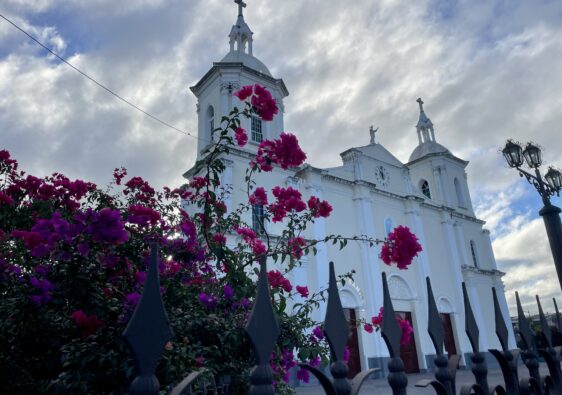
The Best Things to Do in Estelí, Nicaragua
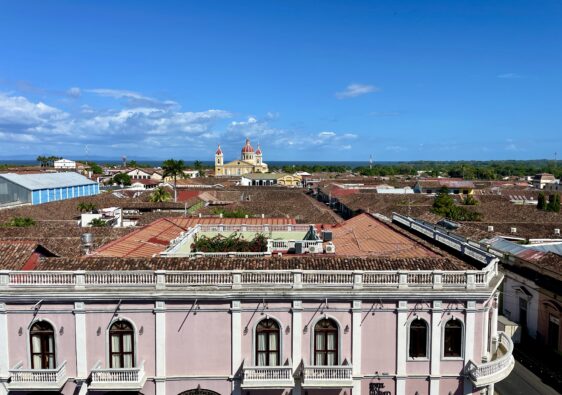
How to Get From Nicaragua to Costa Rica By Bus
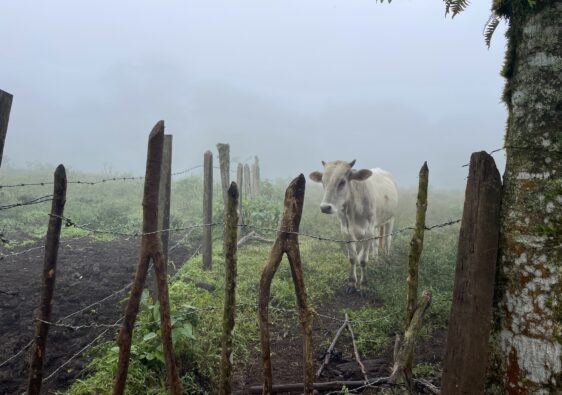
Miraflor Cloud Forest: Nicaragua’s Emerald Jewel
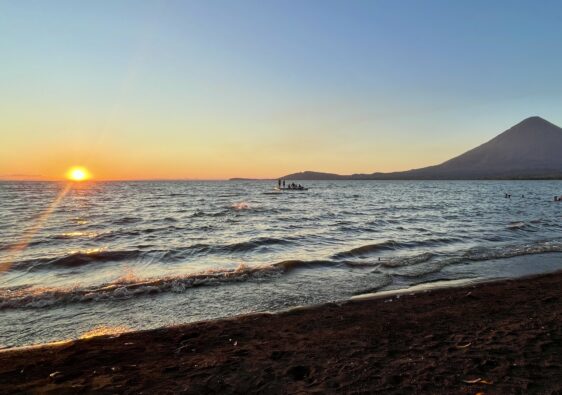
Passport Pilgrimage was created with you in mind. Explore our travel guides, get the best travel tips, and be inspired to take your next vacation!
Useful Links
Travel Resources
Opt Out Preferences
Privacy Policy
Terms and Conditions
©2024 Passport Pilgrimage LLC. All Rights Reserved.

IMAGES
VIDEO
COMMENTS
A comprehensive budget travel guide to Nicaragua with advice on things to do, costs, ways to save, accommodation, and more!
Kayak through Central America's largest mangrove forest, experience life on a coffee farm, or chill out on idyllic white-sand beaches -all …
Lonely Planet Nicaragua is your passport to the most relevant, up-to-date advice on what to see and skip, and what hidden discoveries await you. Kayak through Central …
The 20 best nicaragua travel guide books, such as Nicaragua 3, Nicaragua Guide, Footprint Nicaragua and NICARAGUA TRAVEL GUIDE.
La Costeña offers daily flights from Managua to Great Corn Island and ferries cross Lake Nicaragua to Isla de Ometepe and the Solentiname archipelago. Explore the historic centers of Granada and León on foot, but …
Read about itineraries, activities, places to stay and travel essentials and get inspiration from the blog in the best guide to Nicaragua. Plan your visit to Nicaragua: find out where to go and what to do in Nicaragua with …
An affable all-rounder, Nicaragua embraces travelers with diverse offerings of volcanic landscapes, historic towns, sensational beaches, remote, idyllic islands, wave-battered Pacific beaches and pristine forests.
Whether you have 1, 2, or 3 weeks to spend, this Ultimate Nicaragua Itinerary will guide your incredible adventure through Nicaragua. From life-changing volcano hikes, surfing the best waves on the Pacific, …
Whether you’re a seasoned traveler or taking your first steps into the world of travel, this Nicaragua travel itinerary is your all-in-one guide to the trip of a lifetime! We provide options for 1, 2, 3, and 4 weeks of travel through …